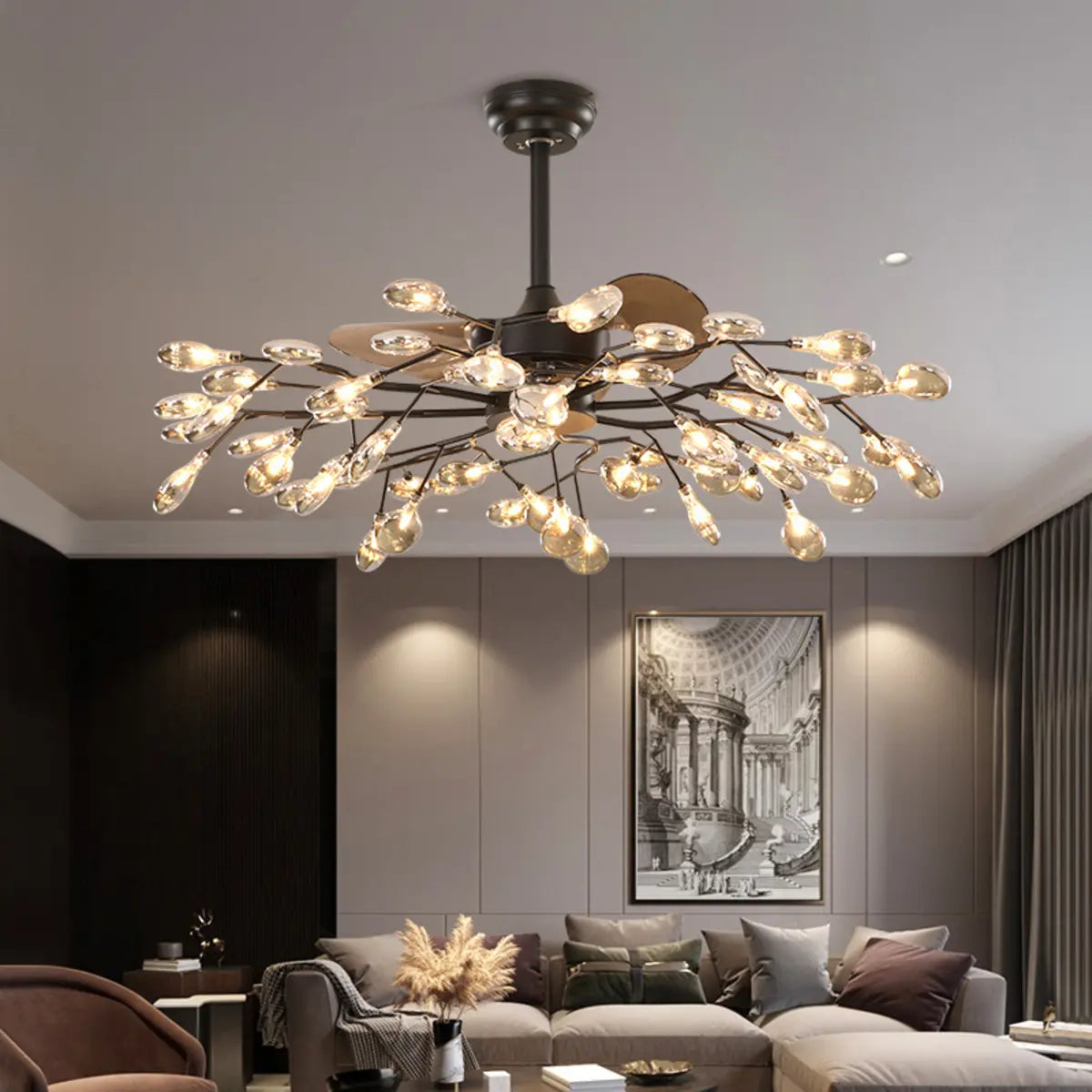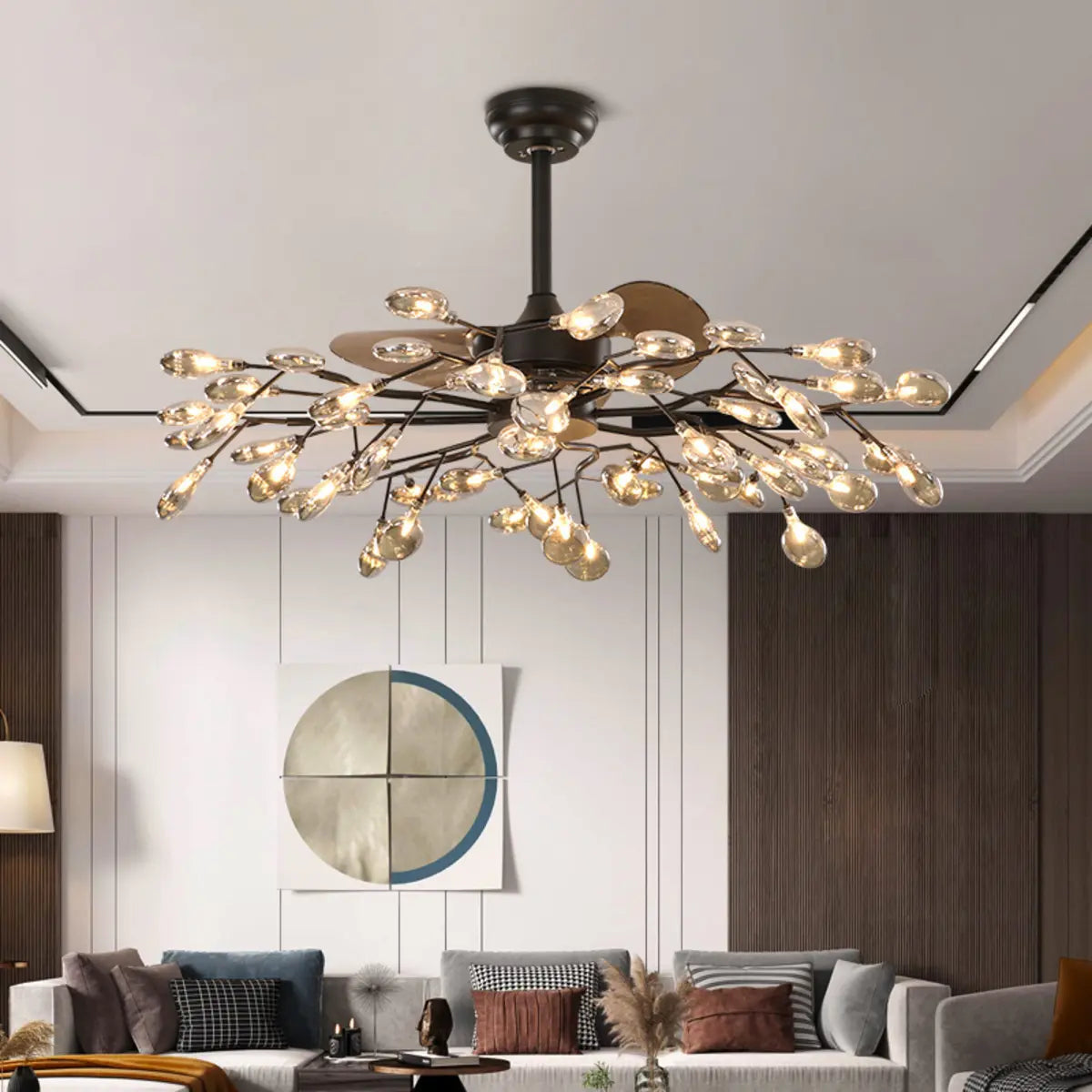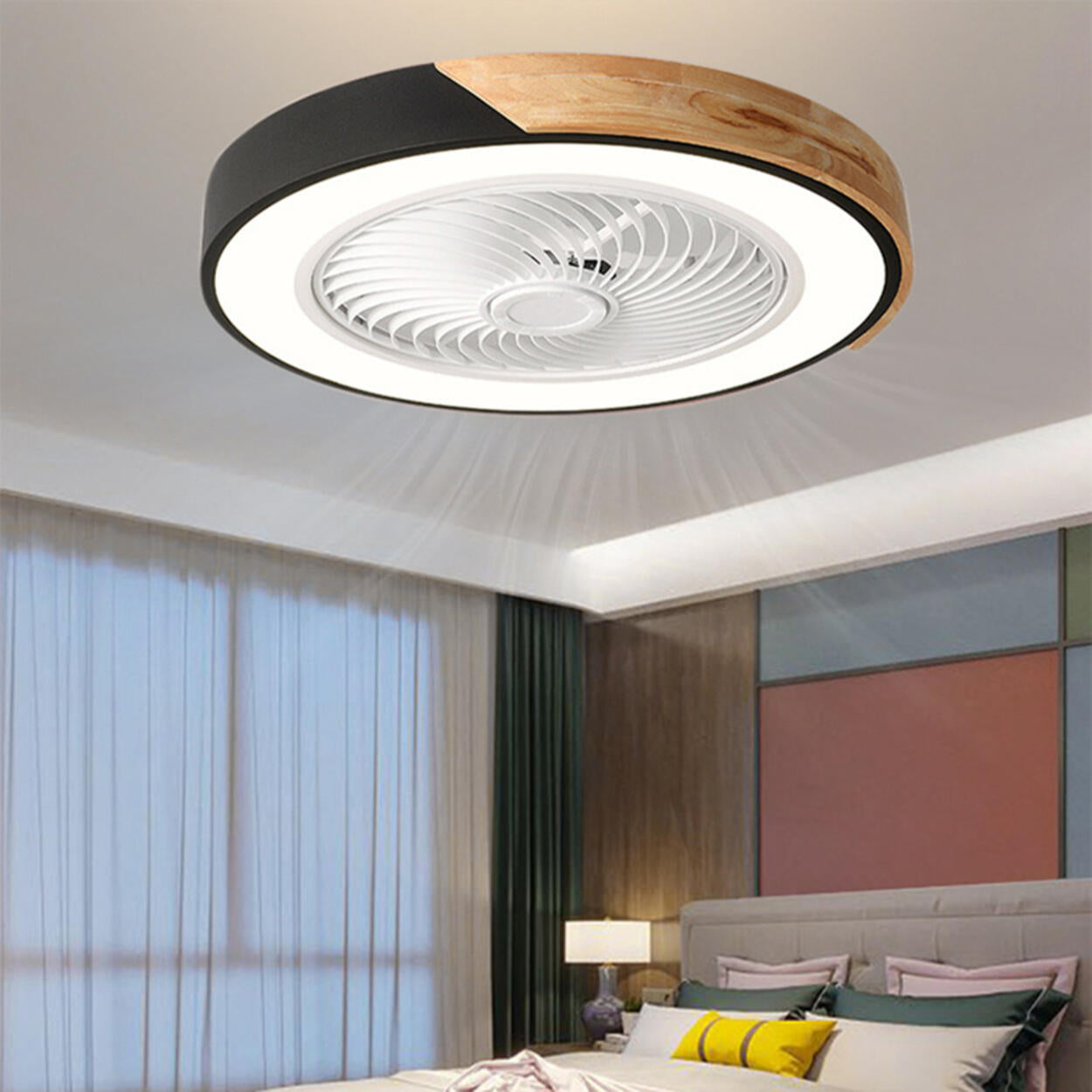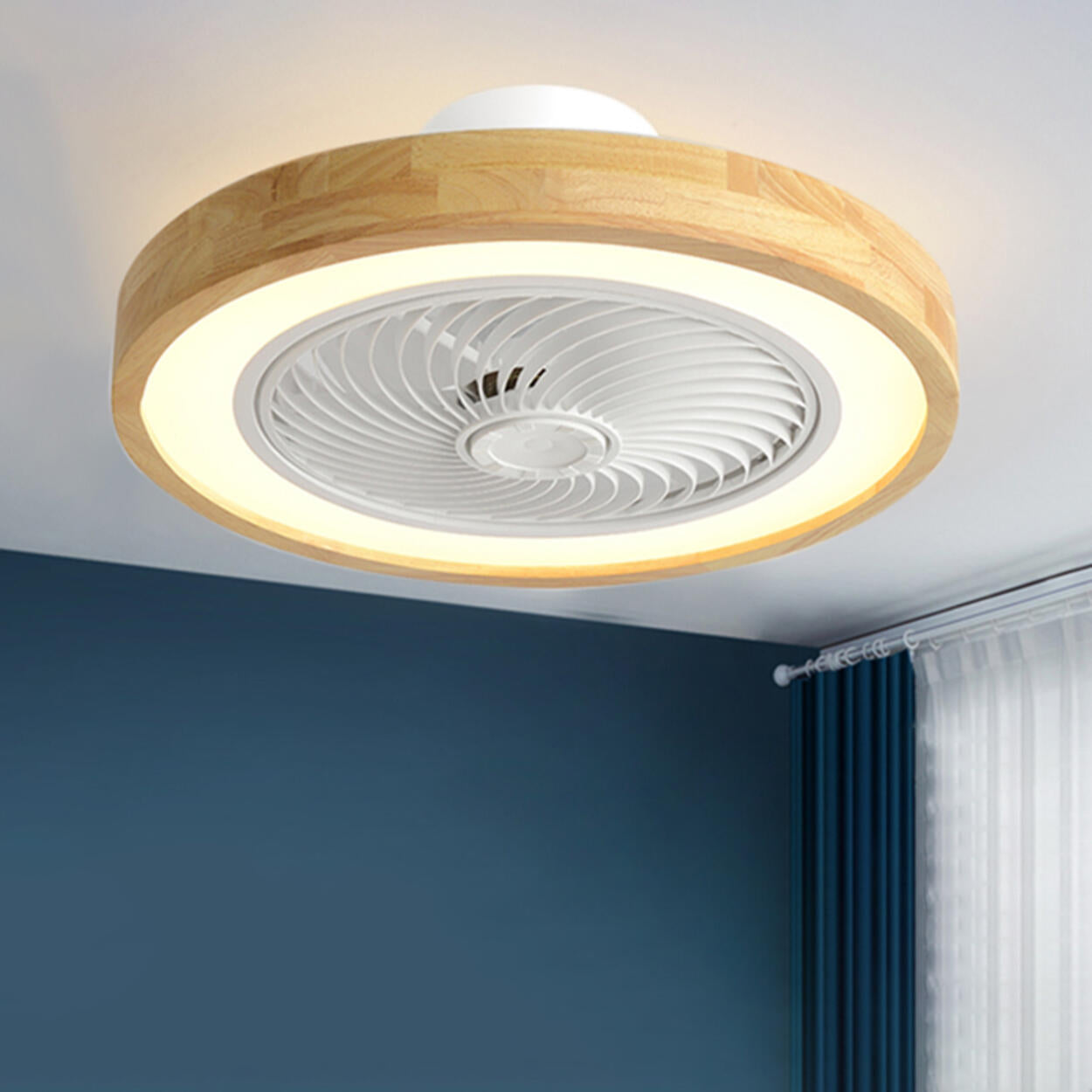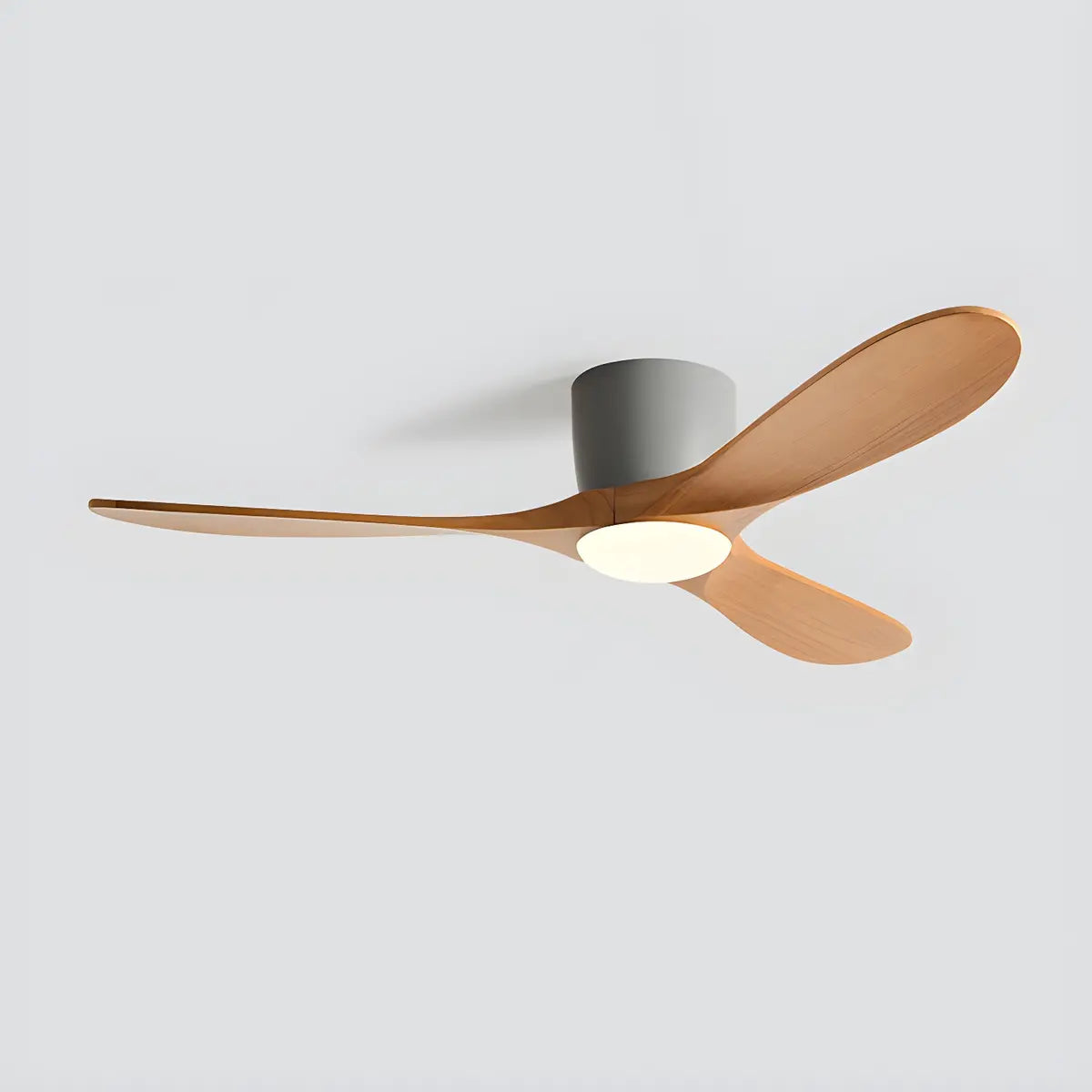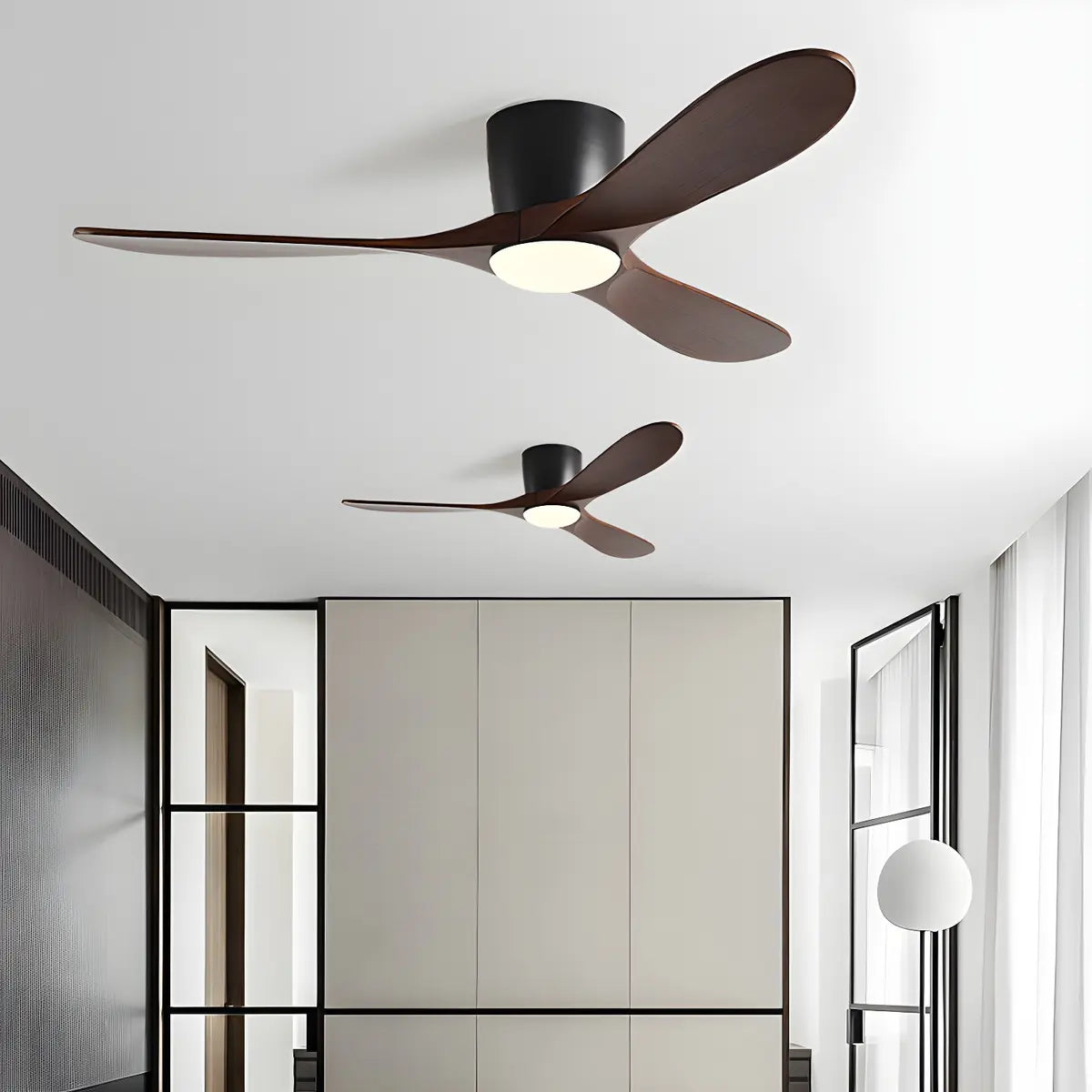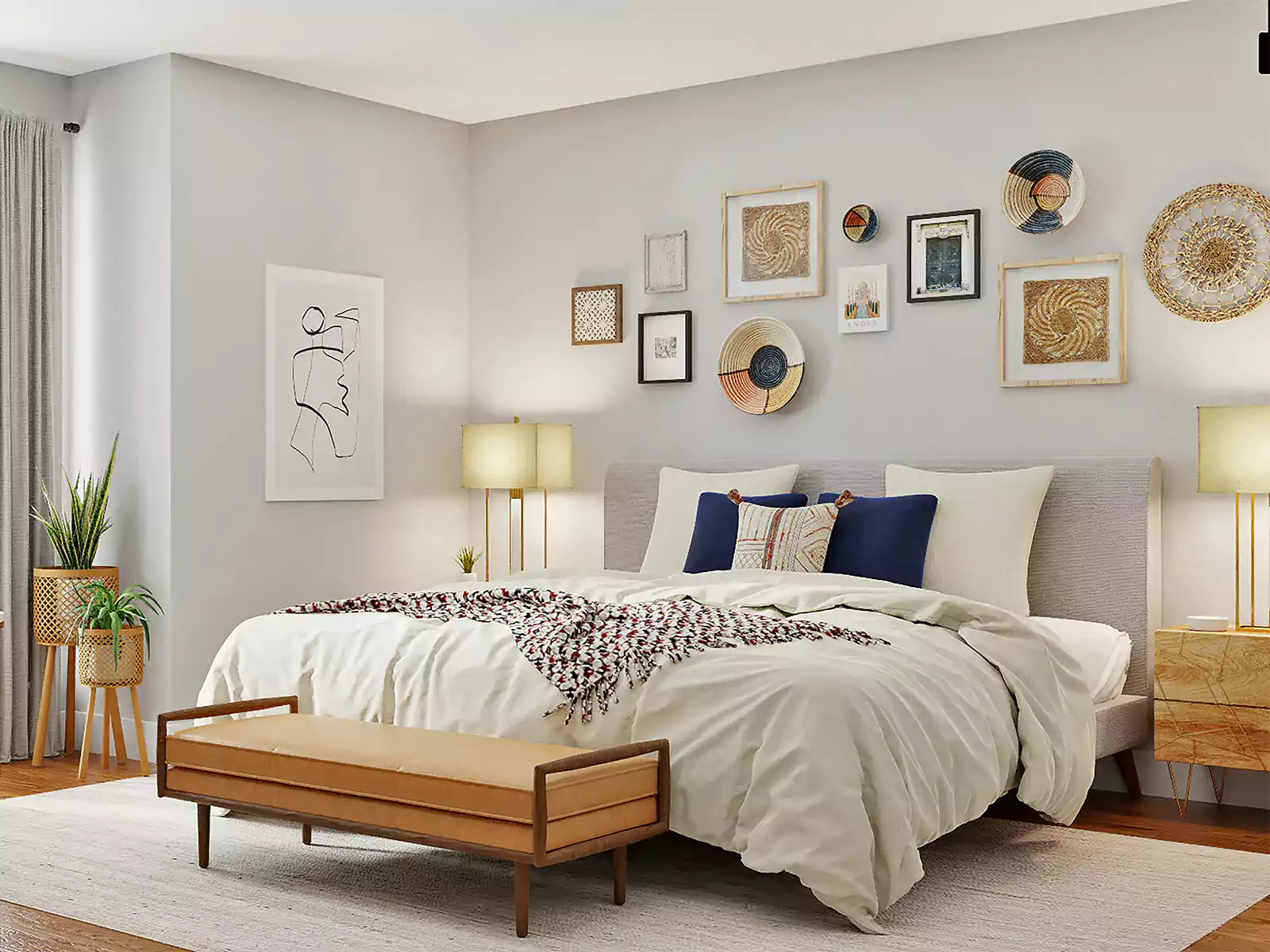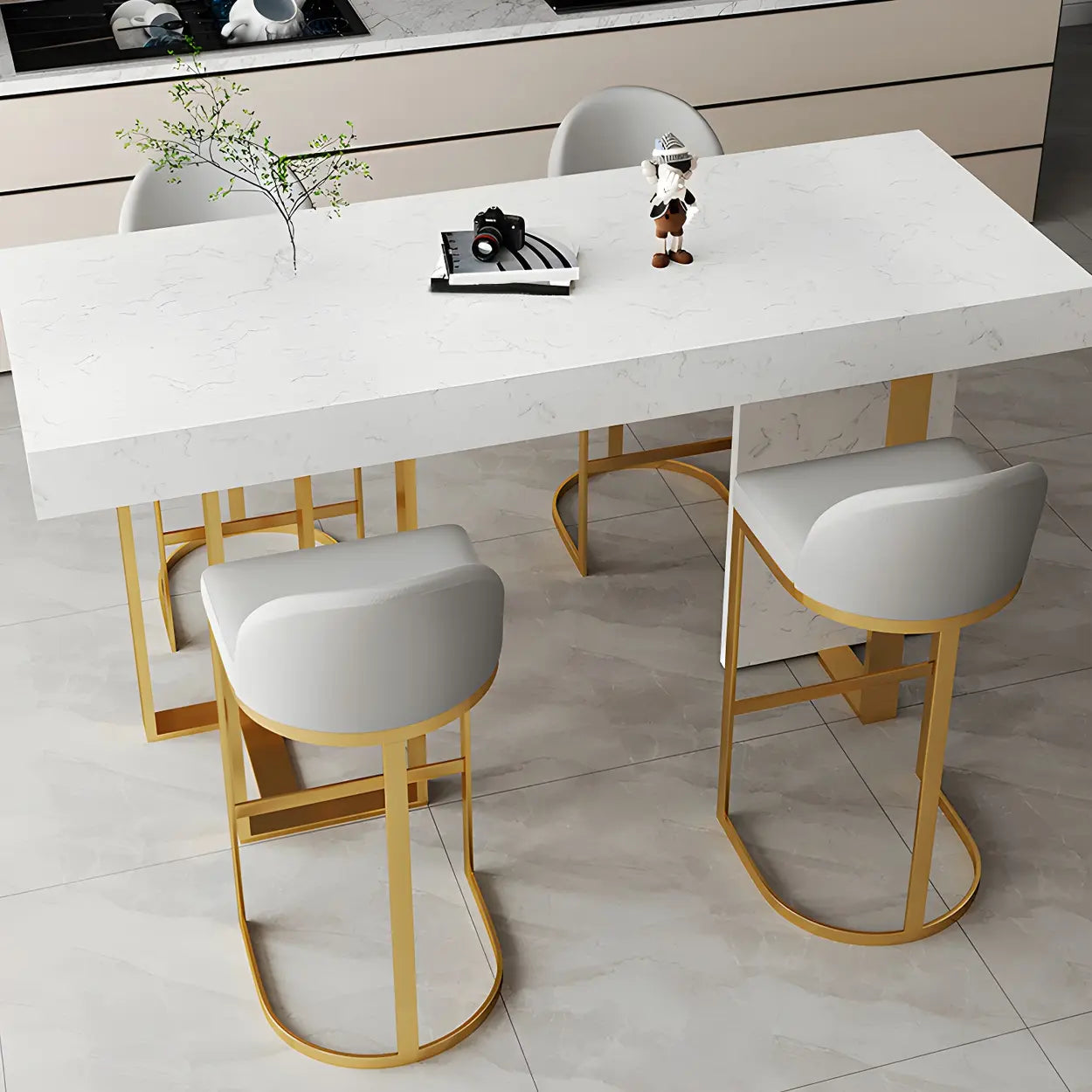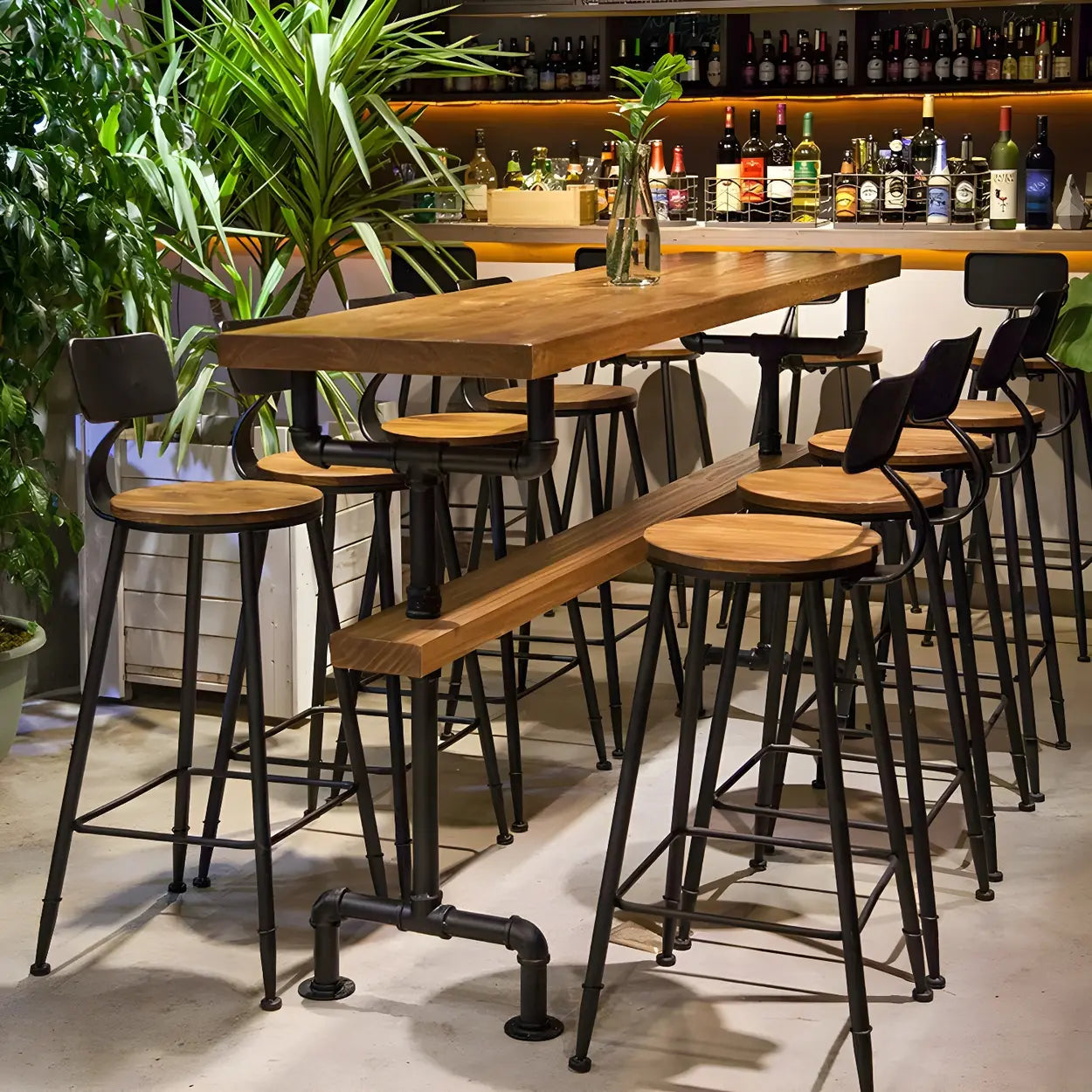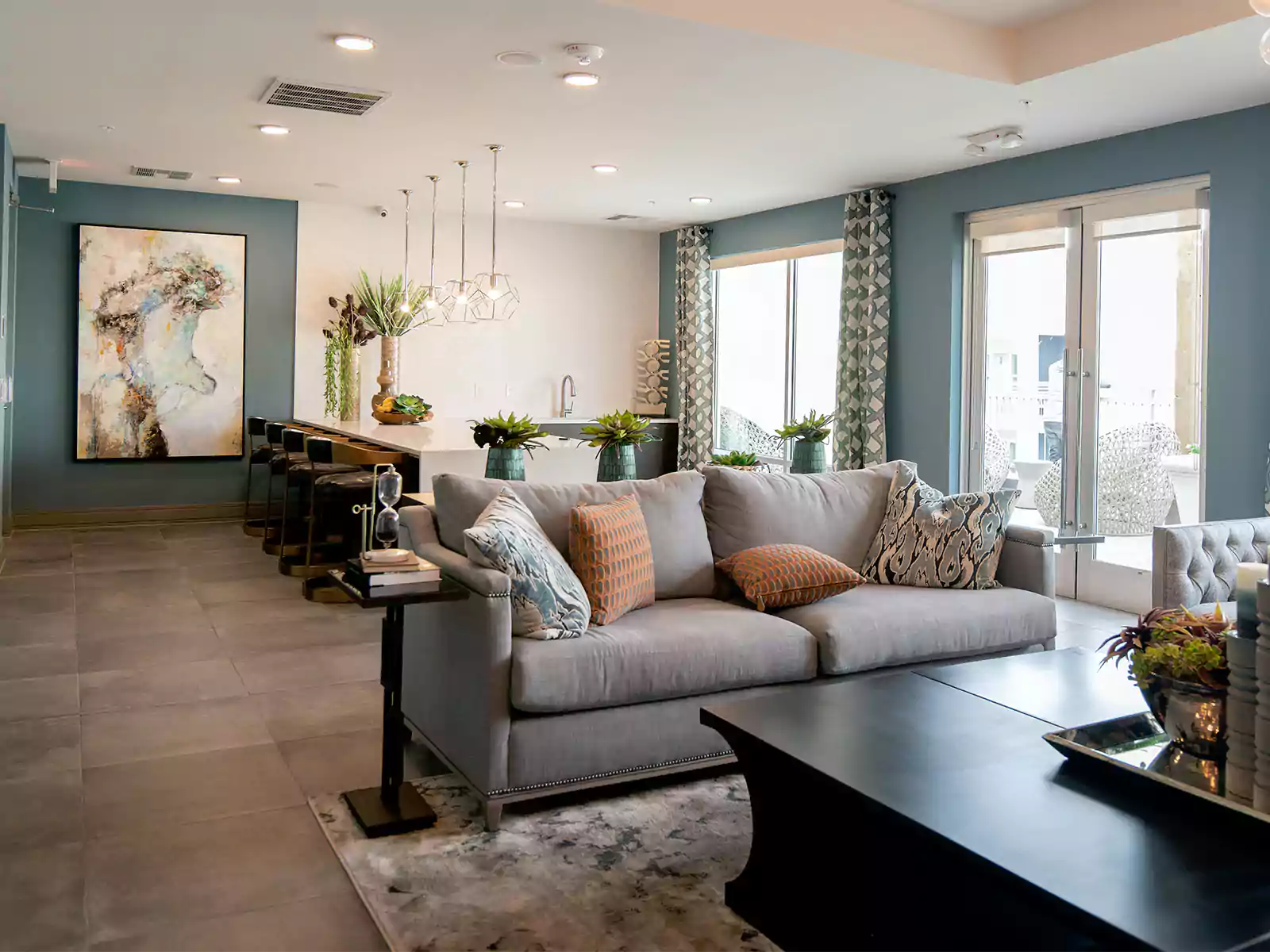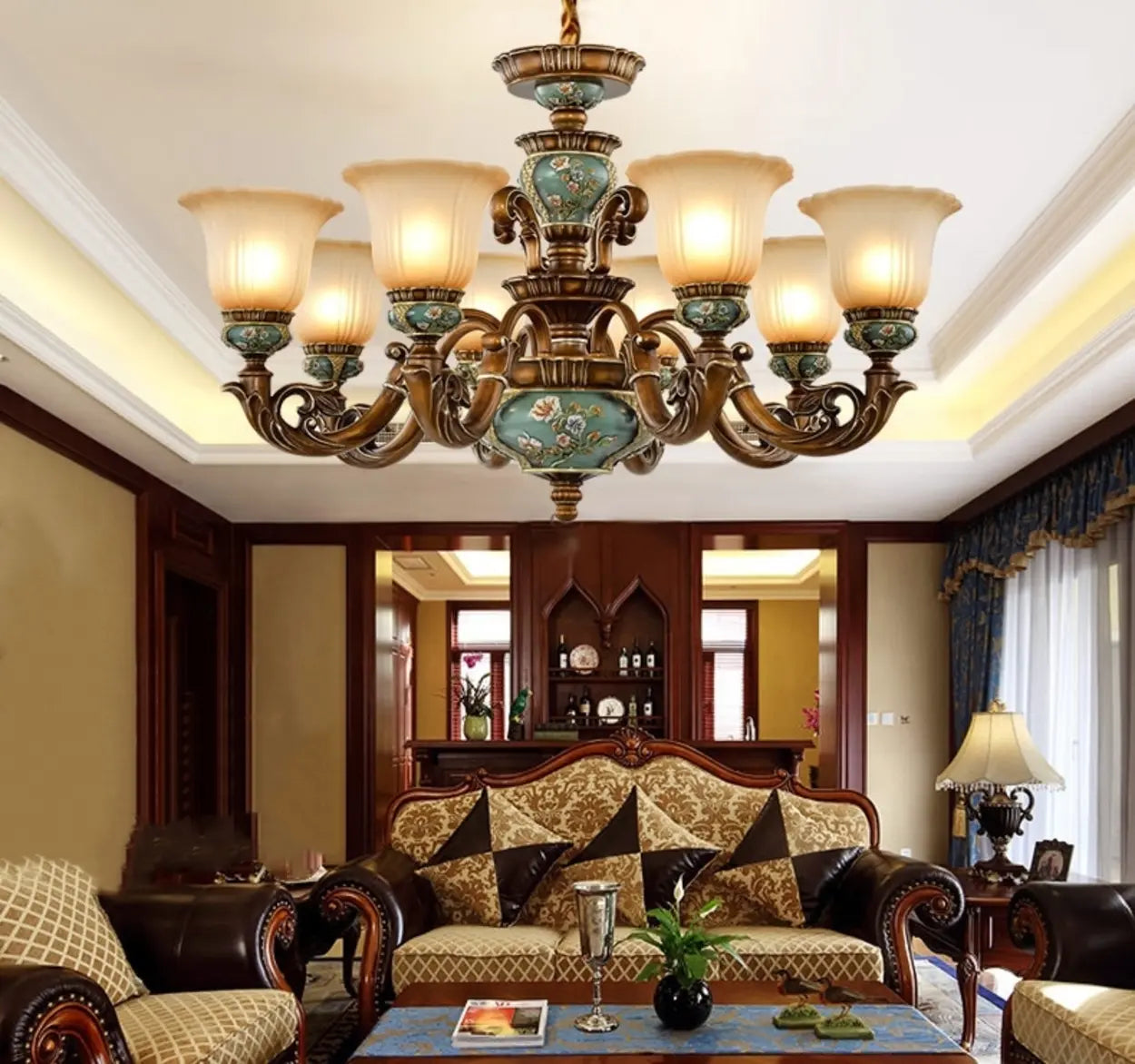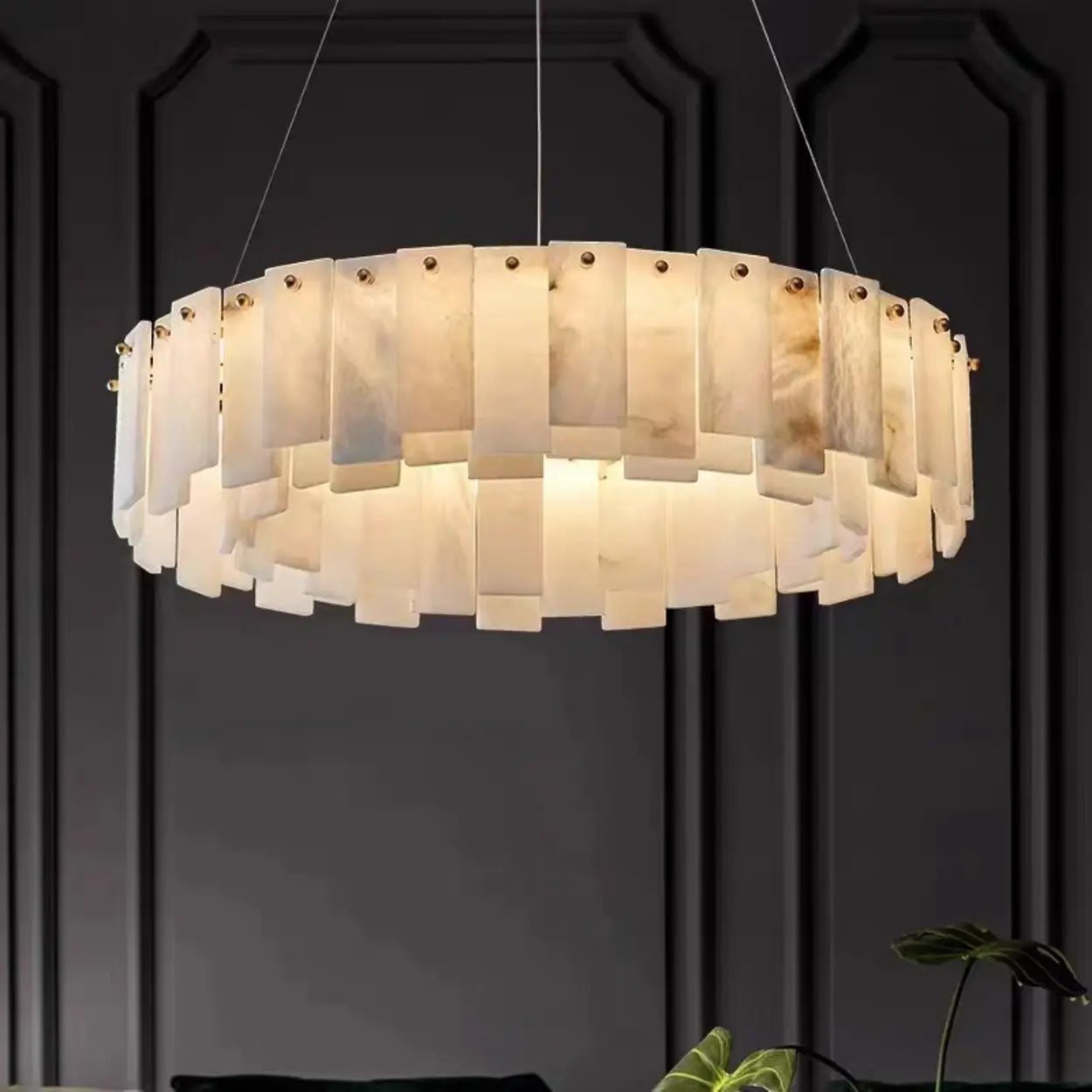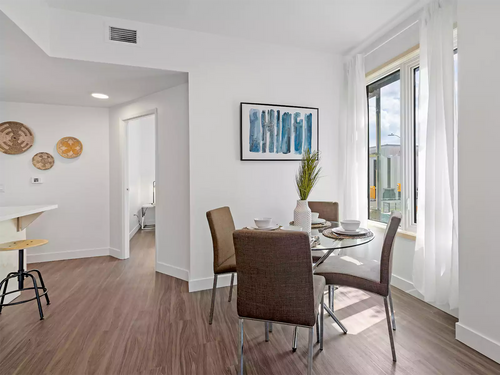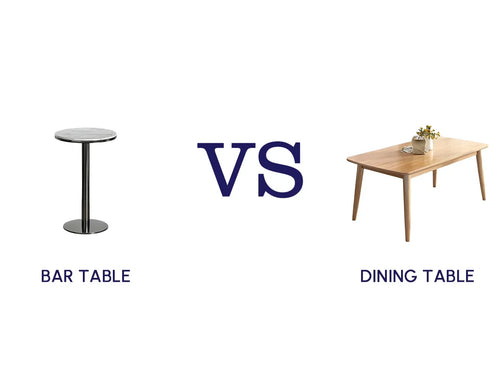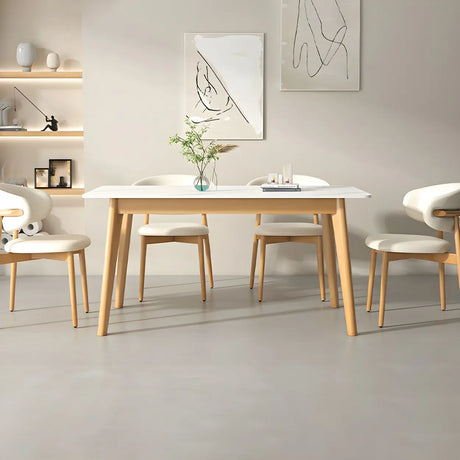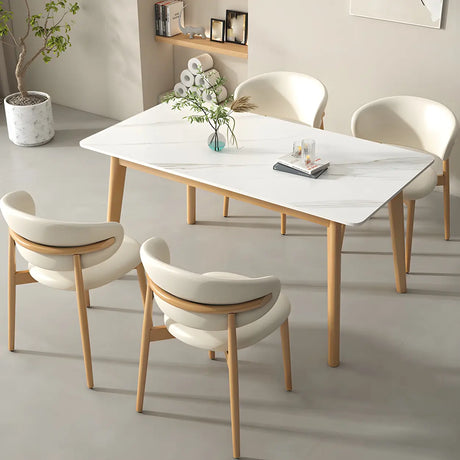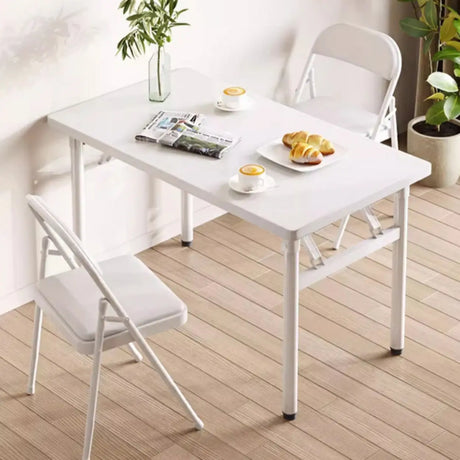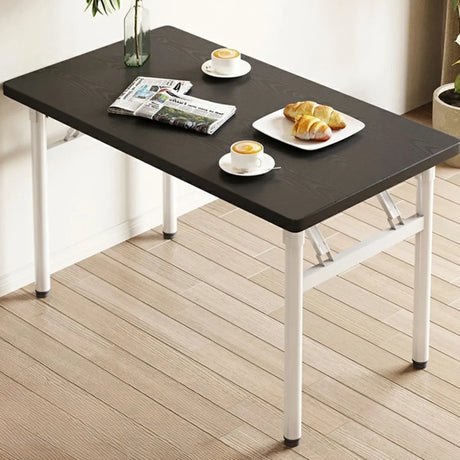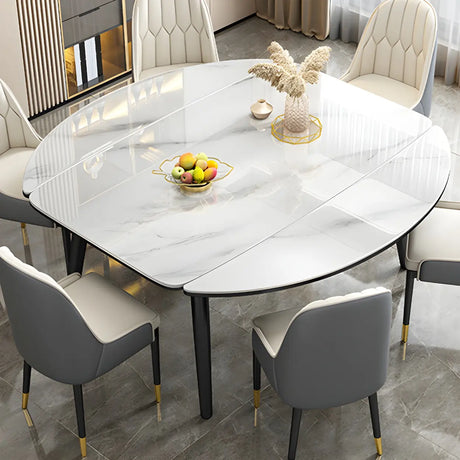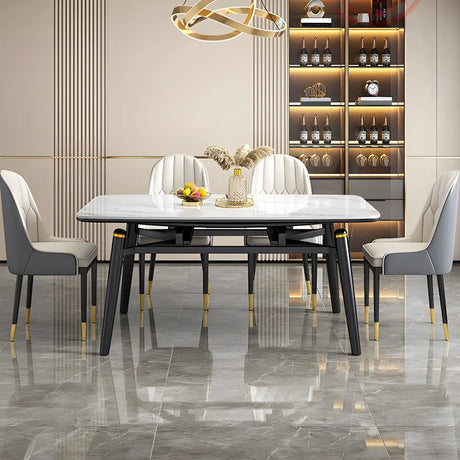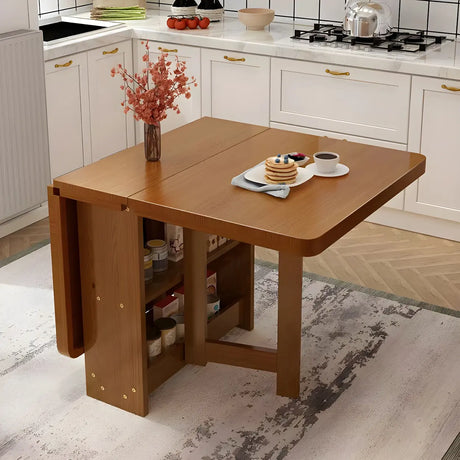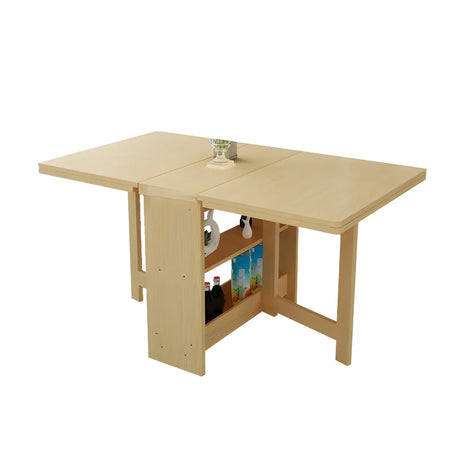Most homeowners find themselves torn when choosing between an oval vs rectangle dining table for their space. Both styles have loyal fans, and each brings different benefits to your home.
The shape you choose affects how many people can sit comfortably, how easy it is to move around your dining room, and how the table looks with your decor. We'll break down the key differences to help you decide which dining table shape works best for your home and family.
Table of Contents
1. Rectangle Dining Tables: the Classic Choice

Rectangle dining tables have dominated dining rooms for decades due to their practical design and timeless appeal. Their straight edges maximize seating capacity while fitting naturally into most room layouts. You can easily push one side against a wall when you need extra walking space, making them ideal for homes with limited square footage.
Pros:
- Seats the most people for the table length
- Easy to place against walls or in corners
- Works in long, narrow dining rooms
- Matches any decorating style
- Pairs well with benches and standard chairs
- Classic design never goes out of style
Cons:
- Sharp corners pose safety risks for children
- Requires more clearance space around all sides
- Can feel formal or rigid in some settings
2. Oval Dining Tables: the Elegant Alternative

Oval dining tables offer a perfect blend of style and functionality with their curved, flowing lines. They eliminate sharp corners entirely while still providing ample seating for family meals and entertaining. The rounded design creates better traffic flow around the table and promotes easier conversation among all diners.
Pros:
- No sharp corners are safer for children
- Requires less clearance space due to curved ends
- Promotes better conversation flow
- Fits well in square or smaller rooms
- Contemporary and sophisticated appearance
Cons:
- Seats fewer people than same-length rectangle tables
- Limited style compatibility compared to rectangle
- May cost more due to complex manufacturing
3. Expandable Rectangle Tables: Best of Both

Expandable rectangle tables are smart solutions. They come with drop leaves or extension panels. When you add the leaves, the rectangle table becomes oval-shaped. This gives you flexibility. Use the rectangle shape for daily meals. Expand it to an oval when you have guests. You get the seating power of a rectangle with the smooth curves of an oval.
Tips: Before purchasing, check if it fits your space properly. Use our dining table size calculator to find the right dimensions for your room.
4. Oval vs Rectangle Dining Table: Key Differences
Let's see how these two popular dining table shapes perform across the most important factors for homeowners.
Space requirements
Rectangle dining tables need more room to pull chairs out from all sides. You'll want at least 36 inches of clearance around the entire table for comfortable seating. These tables shine in rectangular dining rooms where their shape matches the room layout naturally.
Oval dining tables require less walking space thanks to their curved ends. You can get away with about 30 inches of clearance in most spots. They fit better in square rooms where rectangle tables might look stretched or cramped.
Best choice: Choose oval tables if you have limited space or a square dining room. Rectangular tables work better in larger, rectangular rooms.
Seating capacity
Rectangle dining tables pack in more people per foot of length. A 6-foot rectangle table typically seats 6-8 people comfortably. The straight edges give everyone equal elbow room and table space.
Oval dining tables seat fewer guests at the same length because of their curved design. A 6-foot oval usually accommodates 6 people maximum. However, the curved shape makes conversation easier among all diners.
Best choice: Rectangle tables are ideal when you need maximum seating capacity. Choose oval if conversation flow matters more than fitting extra people.

Family safety
Rectangle dining tables present safety concerns with their four sharp corners. Small children often bump into these edges while playing or walking by. The corners can cause bruises or cuts during everyday activities.
Oval dining tables eliminate corner hazards completely. Kids can run around them safely without risk of injury. The smooth edges also make cleaning easier since food and crumbs don't get trapped in sharp angles.
Best choice: Oval tables are clearly better for families with young children due to their safer, corner-free design.
Style and aesthetics
Rectangle dining tables offer incredible versatility across decorating styles. They complement everything from farmhouse kitchens to sleek modern dining rooms. The classic shape never goes out of fashion and works with any chair style.
Oval dining tables make a stronger design statement with their sophisticated curves. They lean toward contemporary and transitional styles but can work in traditional spaces, too. The shape adds visual interest and softens harsh room angles.
Best choice: Rectangle tables offer more versatility for any decor style. Oval tables are perfect if you want a contemporary, sophisticated look.
Final Thoughts
The choice in the oval vs rectangle dining table debate comes down to your specific needs and space. Rectangle tables remain the practical choice for families who entertain frequently or need maximum seating capacity. Their classic appeal and versatility make them a safe bet for most homes.
When comparing oval vs rectangle dining table options, oval shapes shine in smaller spaces and family-friendly environments. If you value safety, conversation flow, and contemporary style over maximum seating, an oval shape might be your perfect match. Both options can create beautiful, functional dining spaces when chosen thoughtfully.
Frequently asked questions
Which is better, an oval or rectangle dining table?
Which is better, an oval or rectangle dining table?
It depends on your needs. Rectangle tables are great for maximizing seating and suit traditional room layouts. Oval tables work well in smaller spaces and homes with children, promoting better conversation flow. Your choice depends on room size, family needs, and style.
Do oval tables fit more people than rectangle tables?
Do oval tables fit more people than rectangle tables?
No, rectangular tables typically seat more people at the same length due to their straight edges. Oval tables are better for conversation but usually offer less seating capacity.
Which dining table shape takes up less space?
Which dining table shape takes up less space?
Oval tables take up less space than rectangular ones. The curved ends require less clearance around them, needing about 6 inches less walking room compared to rectangular tables.
What is the most popular dining table shape?
What is the most popular dining table shape?
Rectangle tables are the most popular shape, making up about 60% of dining tables sold. They offer great seating capacity, versatility, and work well with most room layouts.
Should I choose oval or rectangle for a small dining room?
Should I choose oval or rectangle for a small dining room?
Oval tables are typically better for small dining rooms as they allow for easier traffic flow and require less clearance space around them.
Are oval dining tables out of style?
Are oval dining tables out of style?
No, oval tables are gaining popularity, especially in modern and transitional home designs. Designers often recommend them for their sophisticated look and practical benefits.

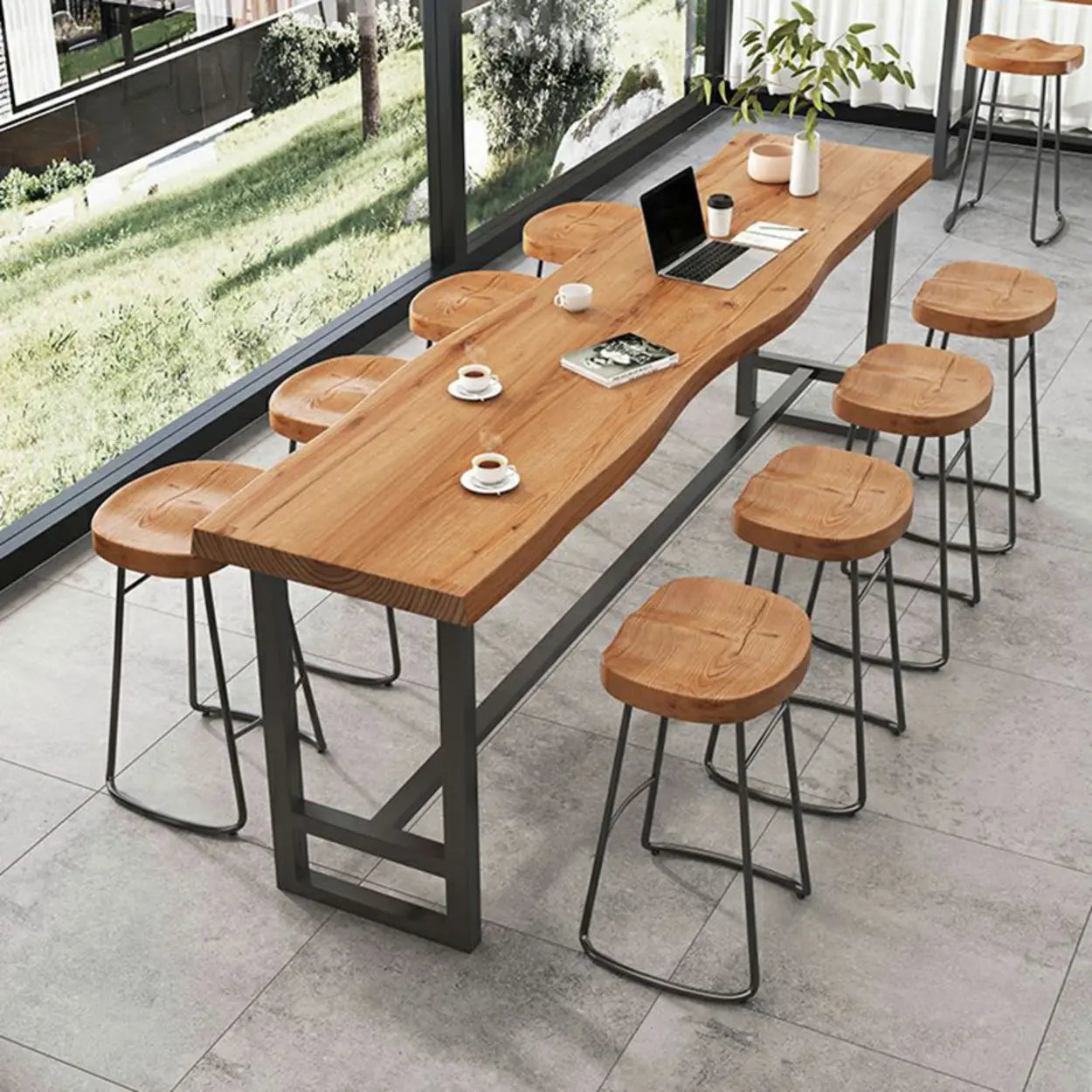
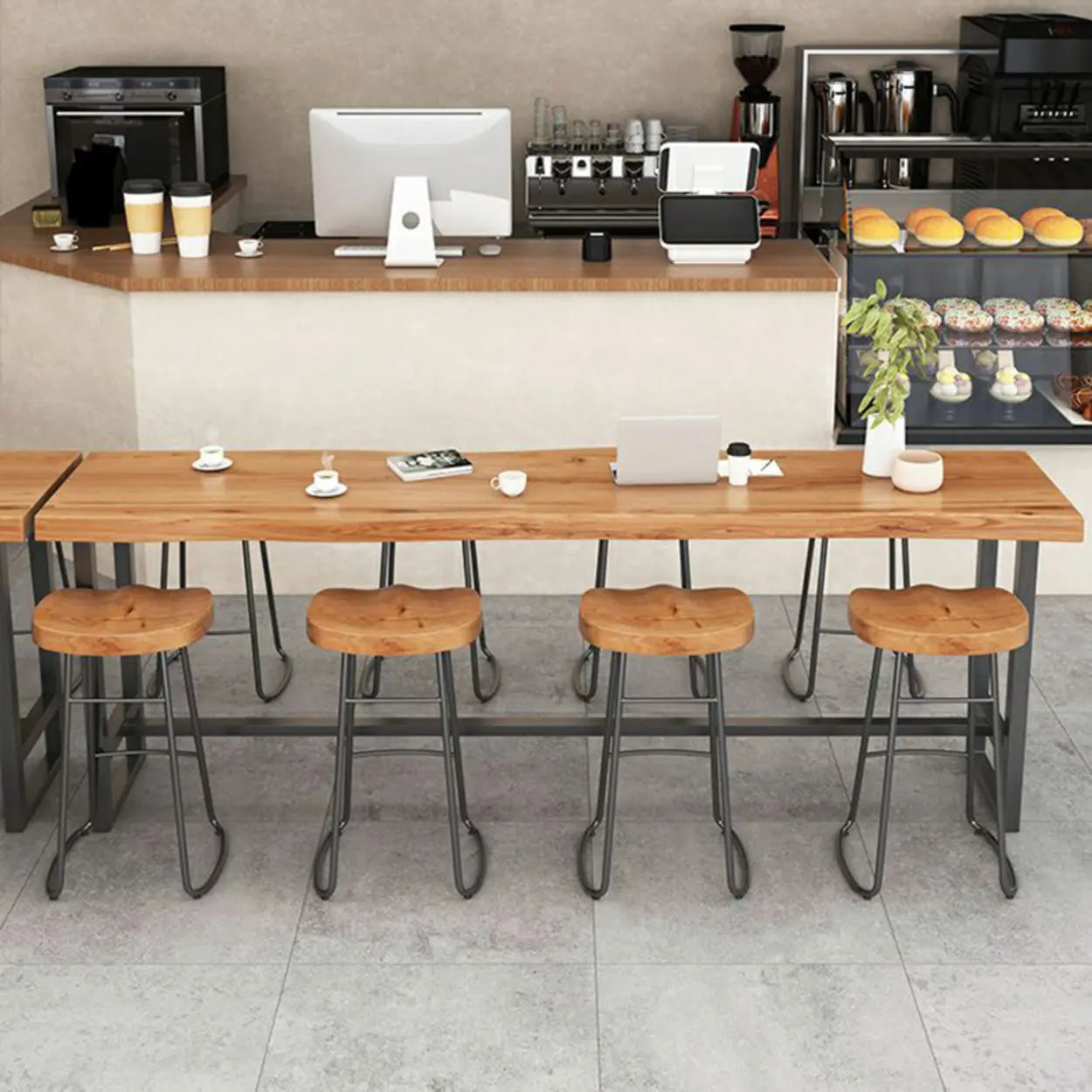
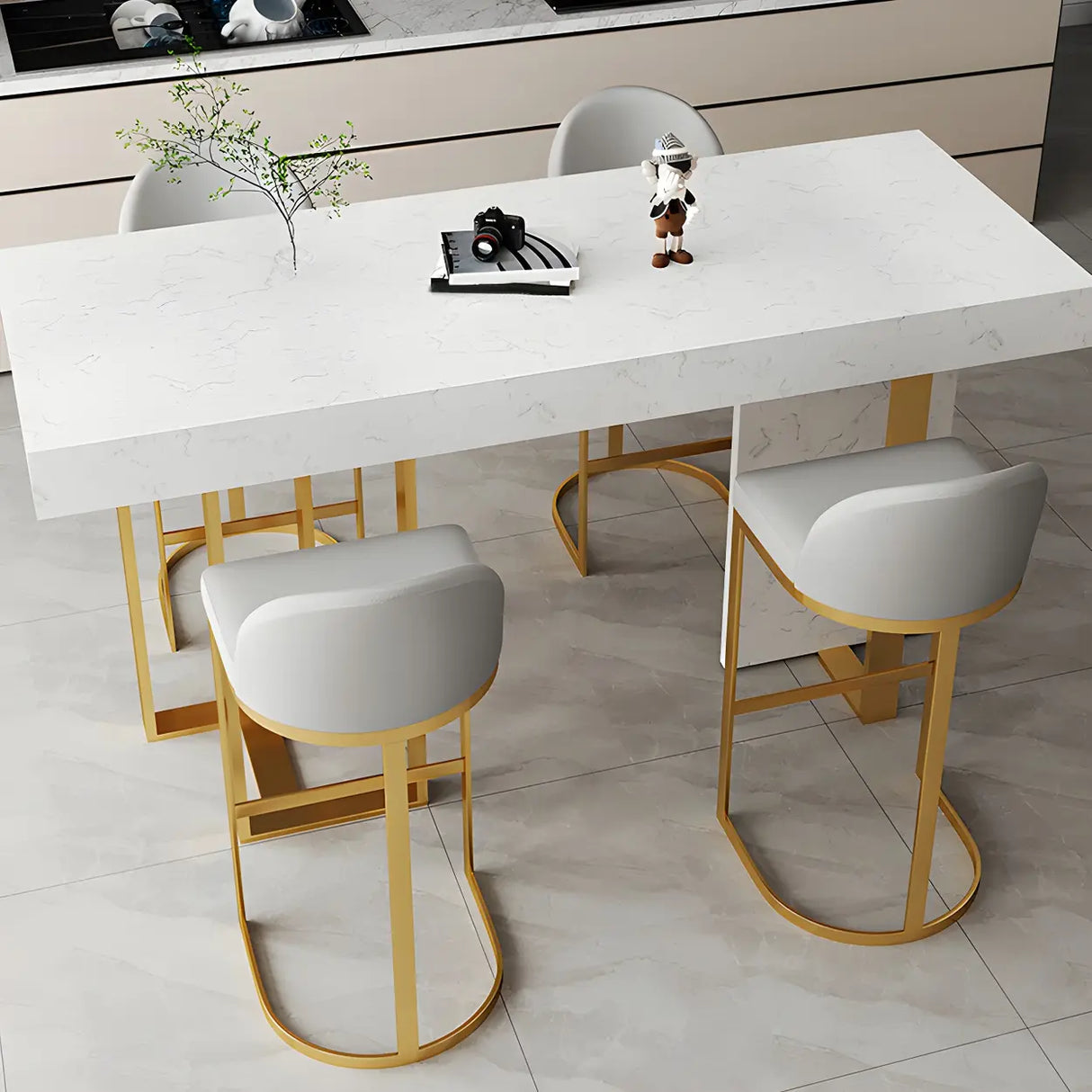
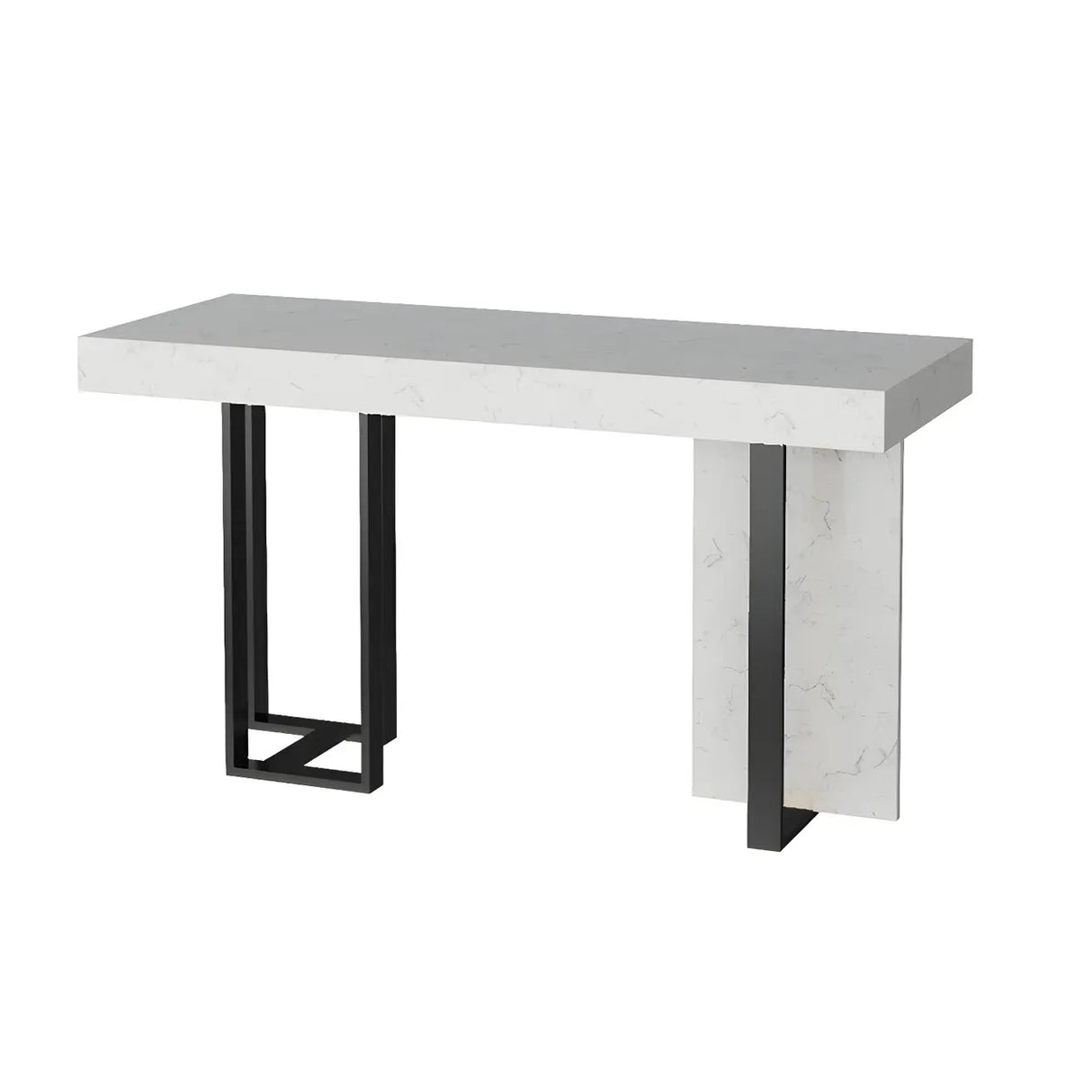
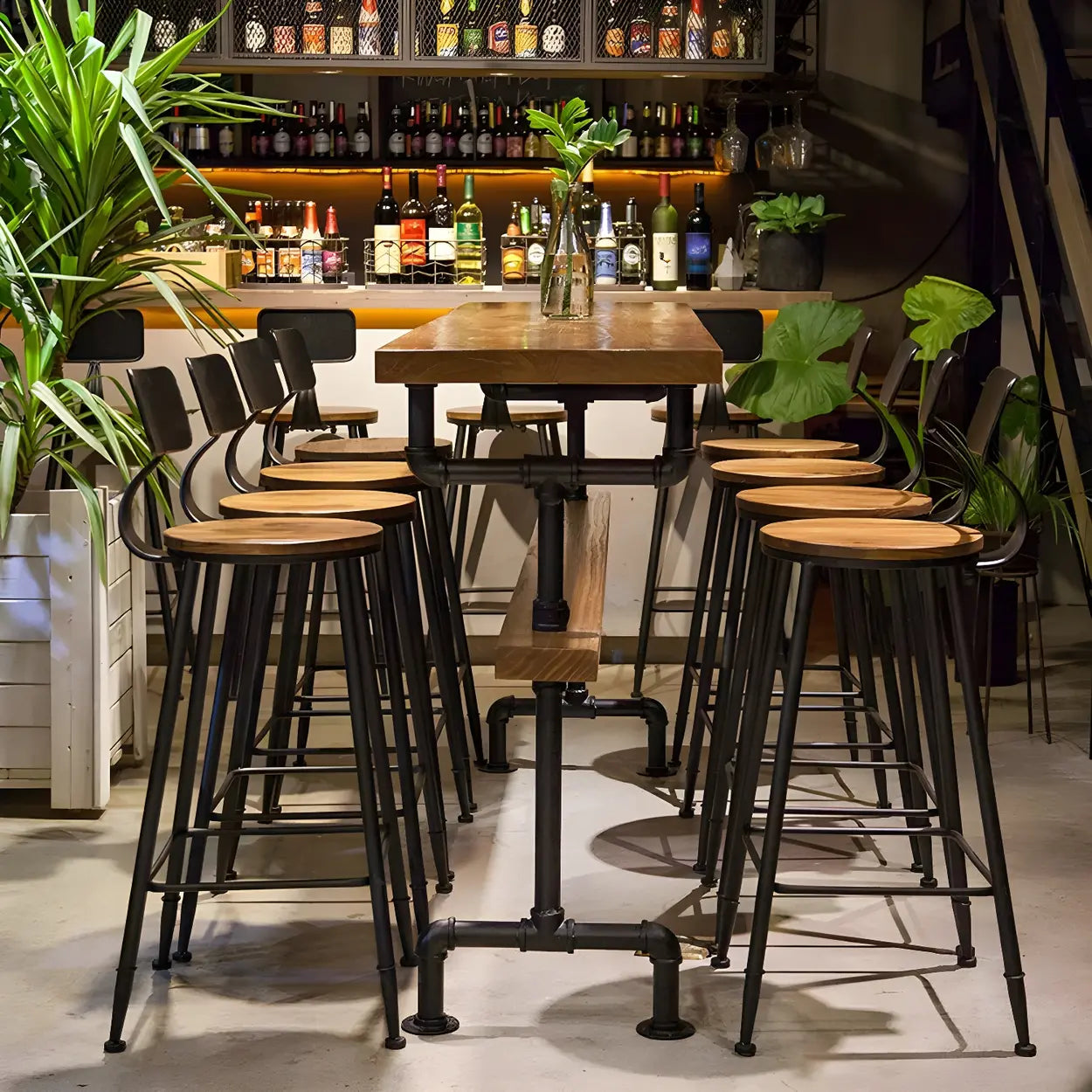
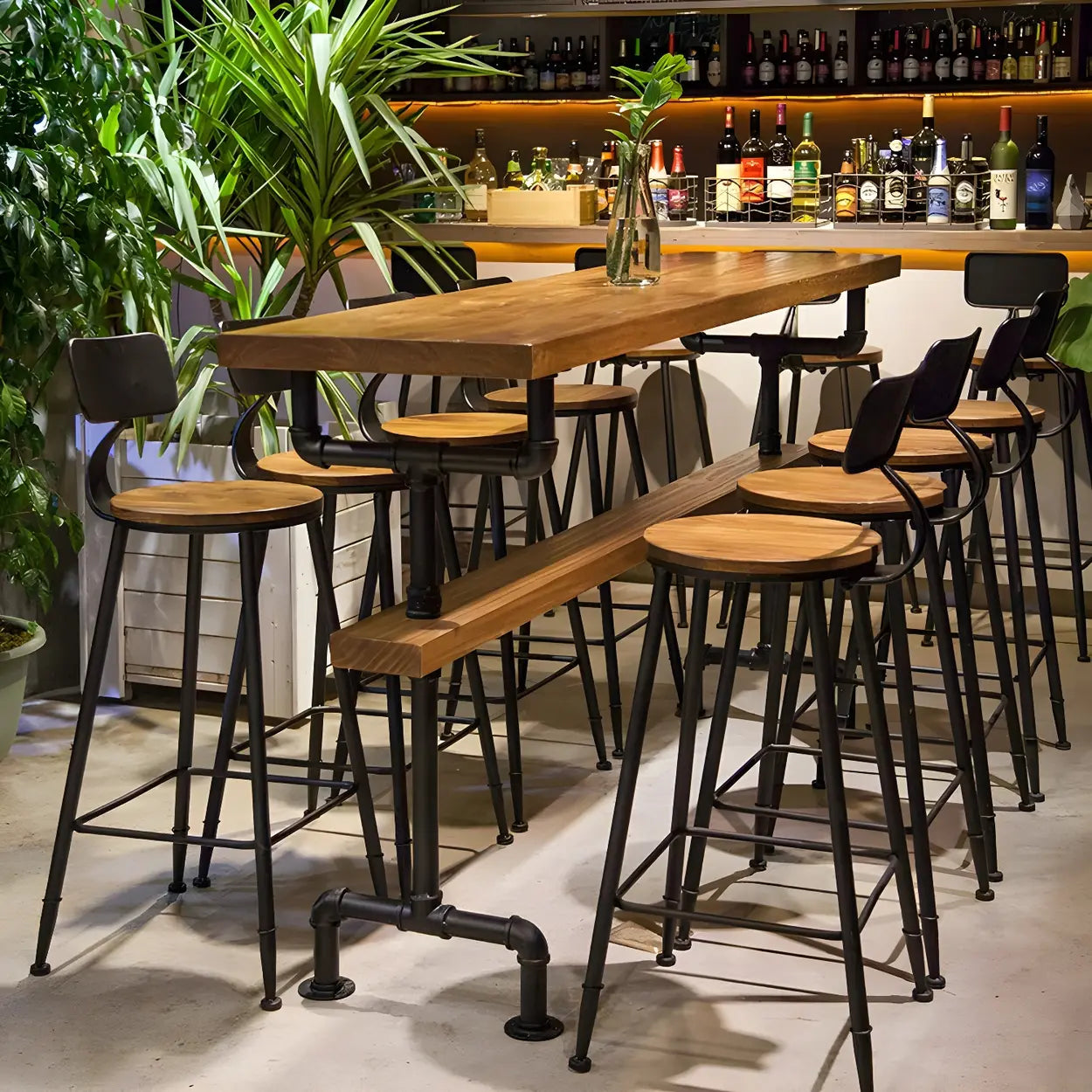
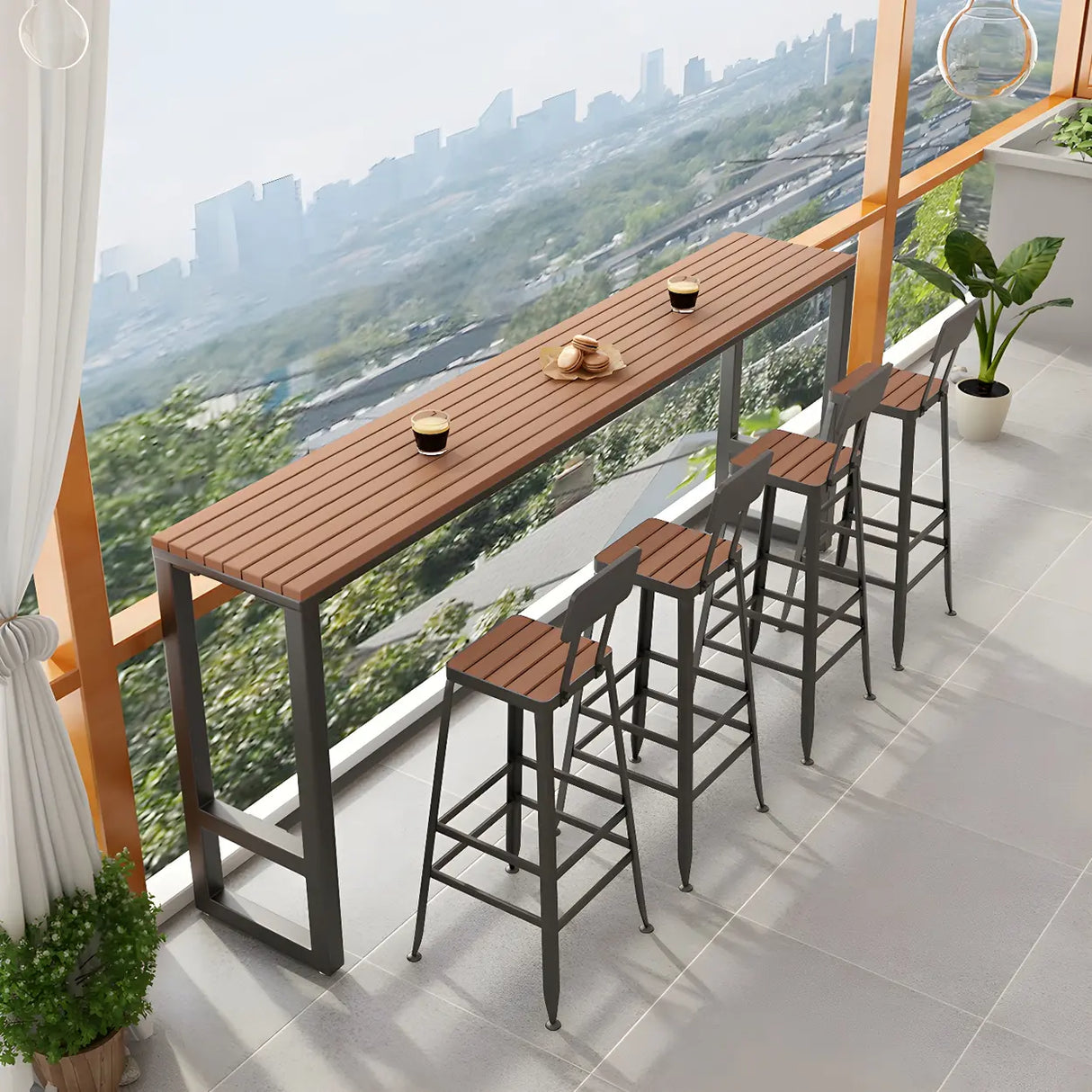
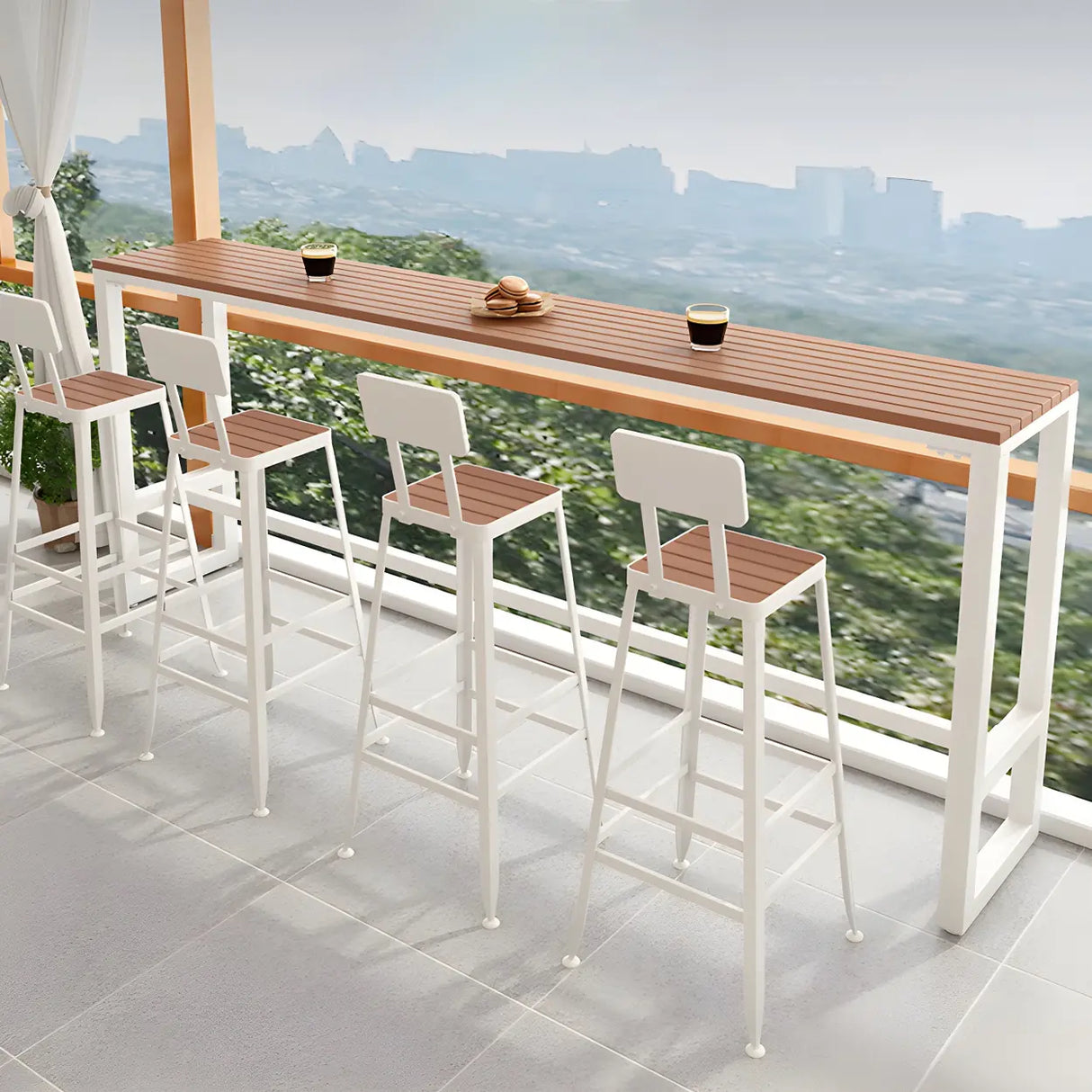
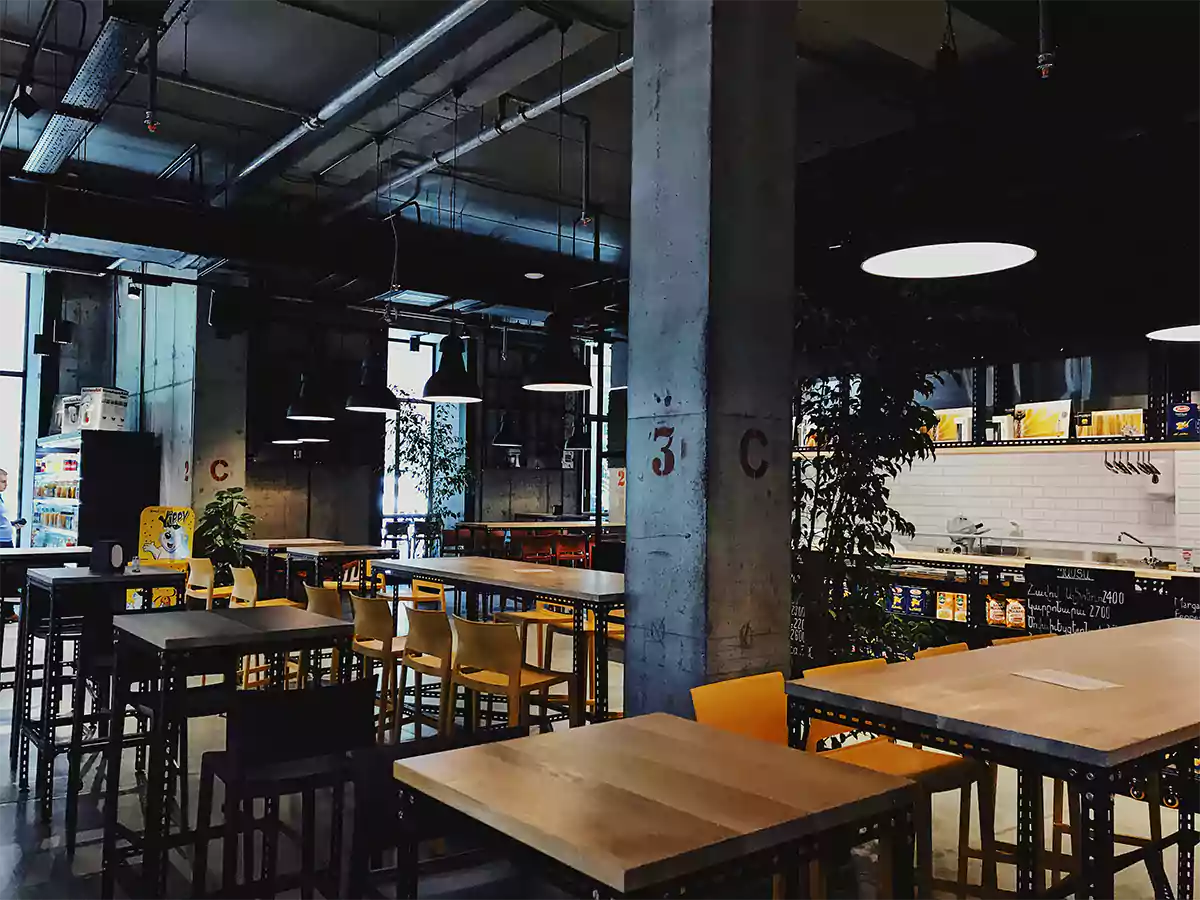
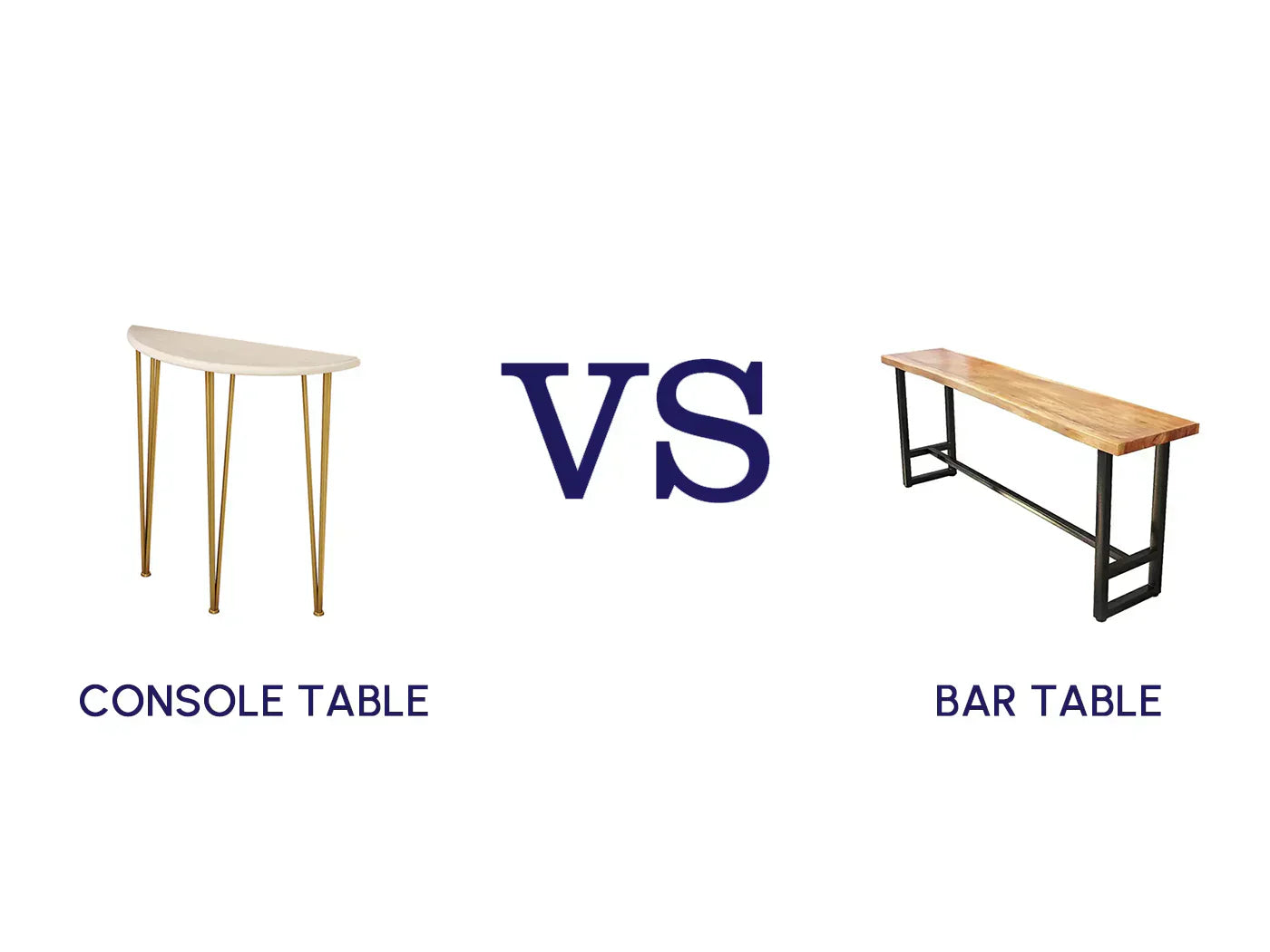
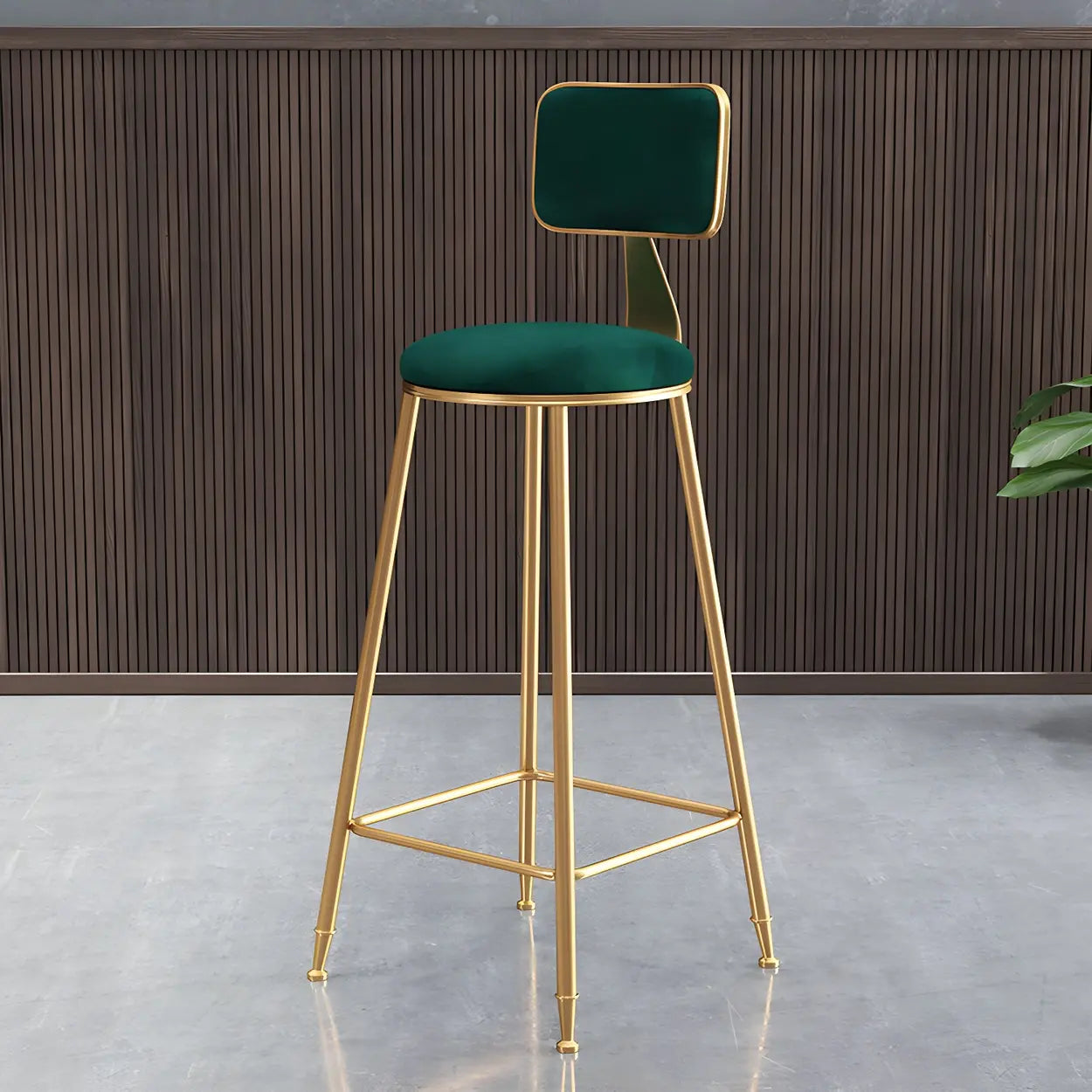
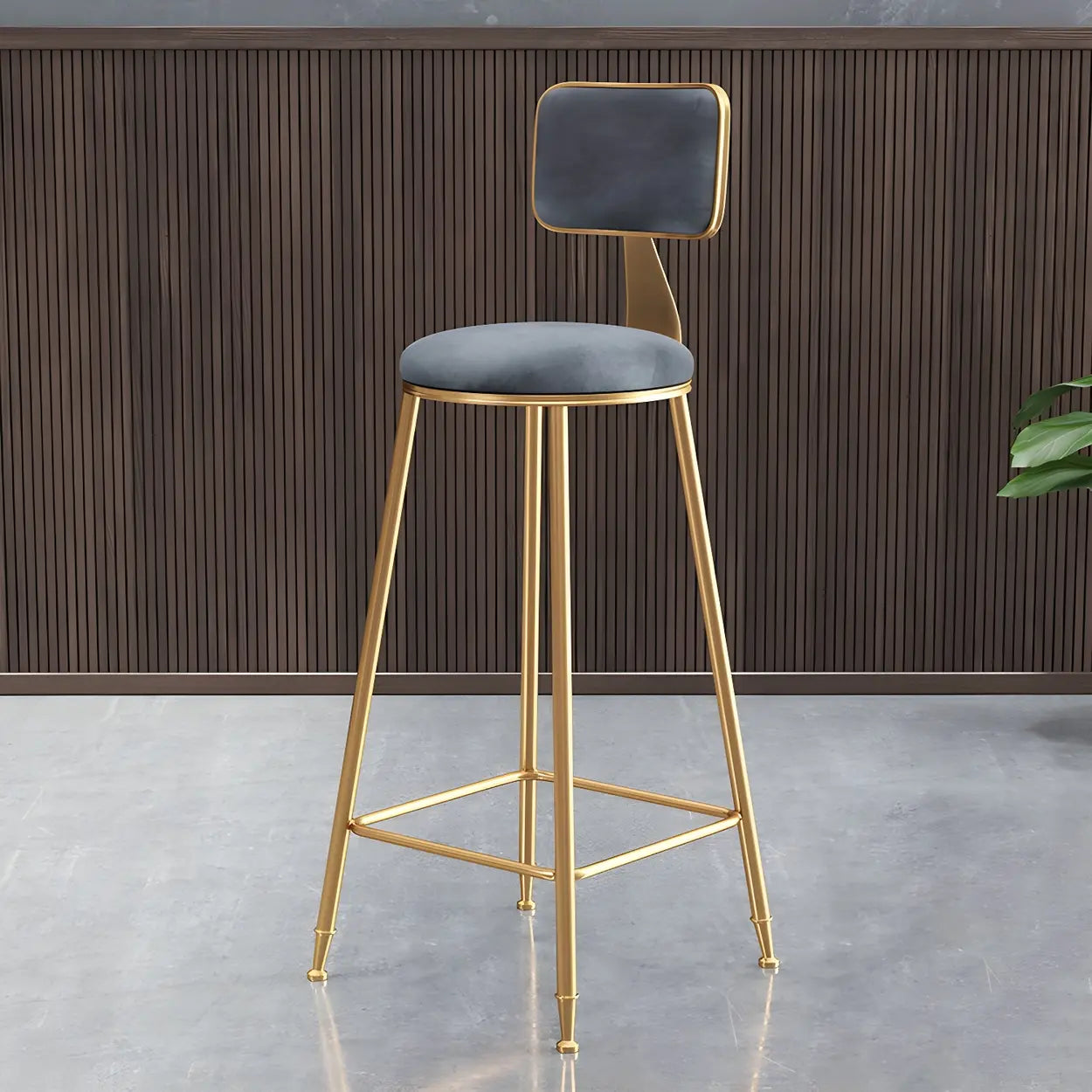
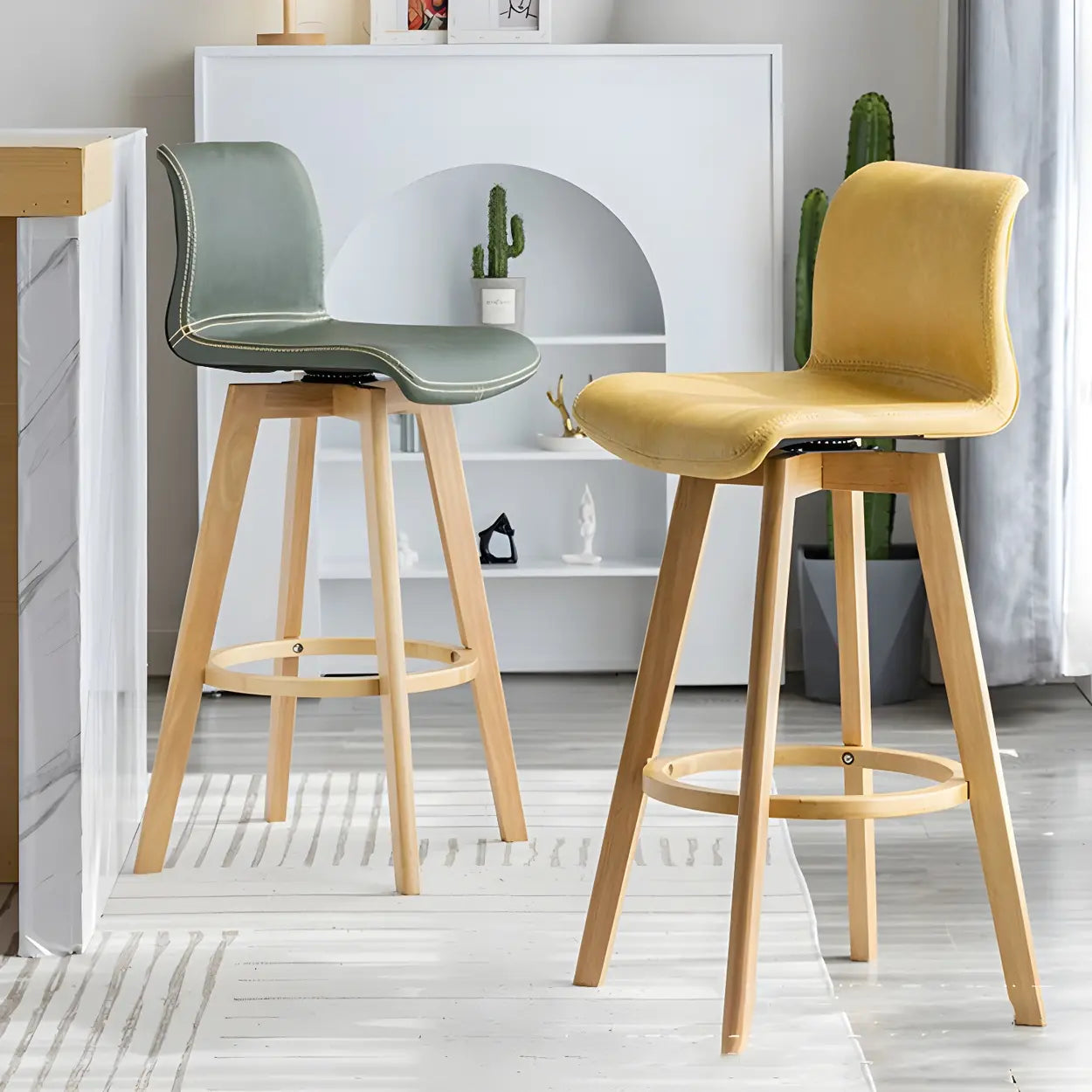
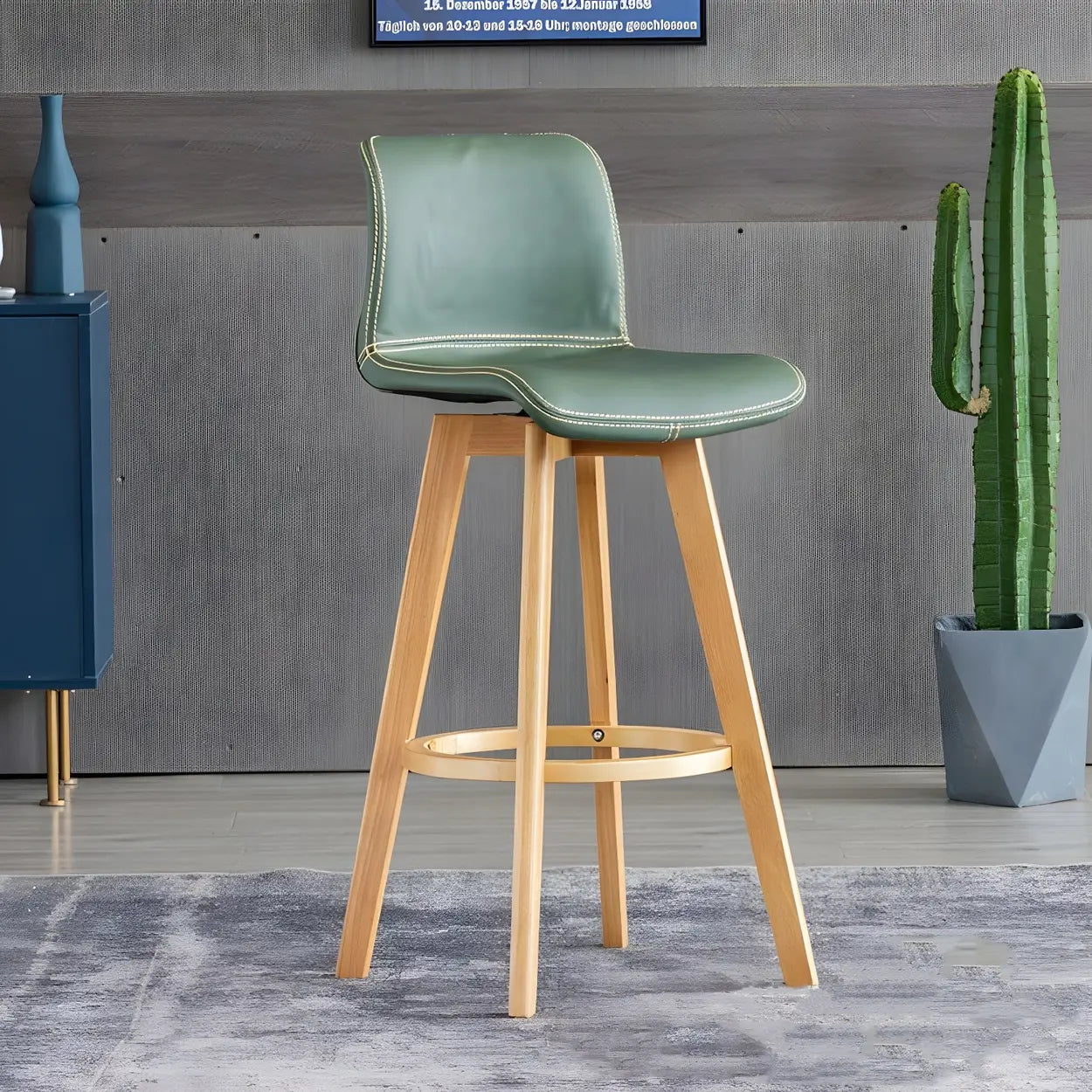
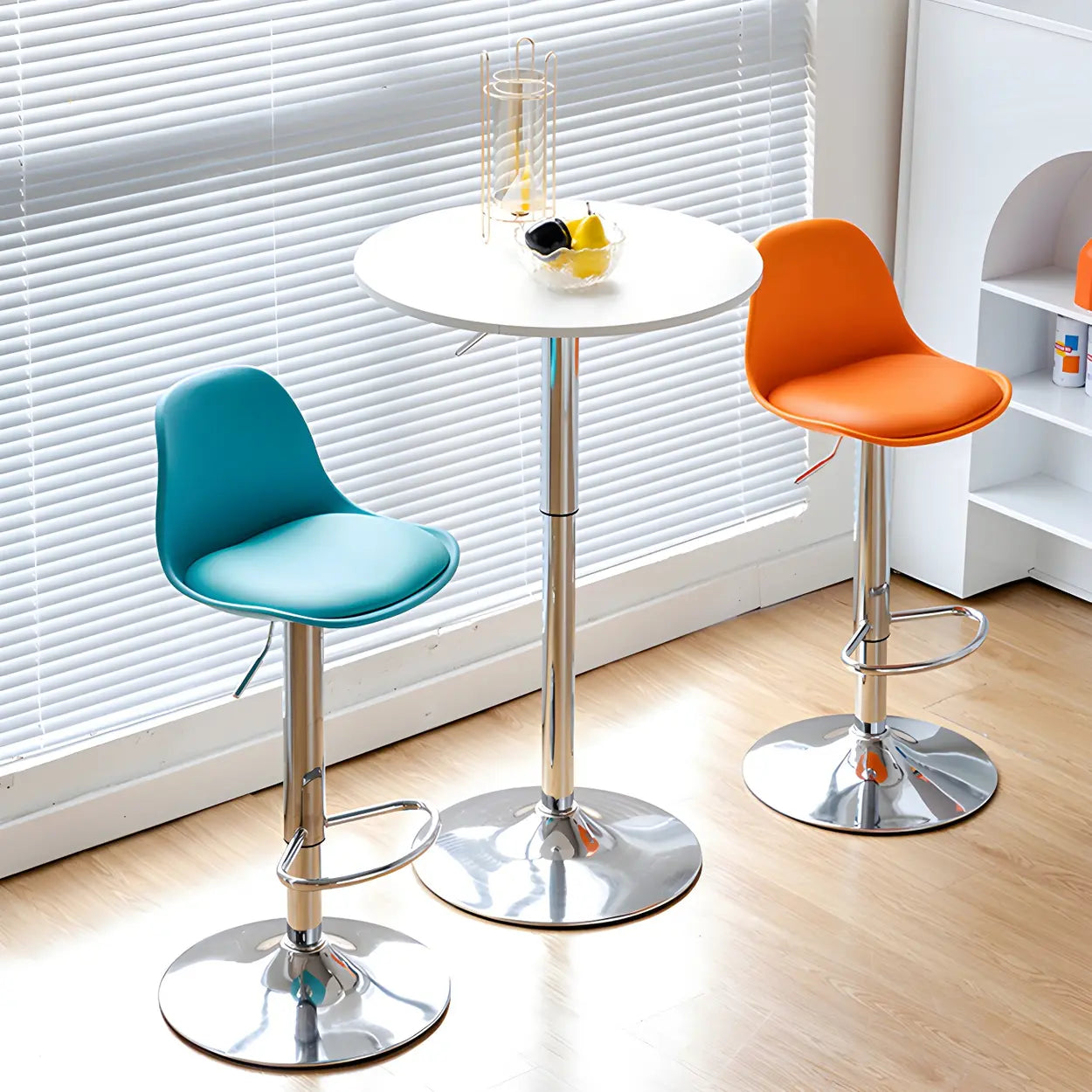
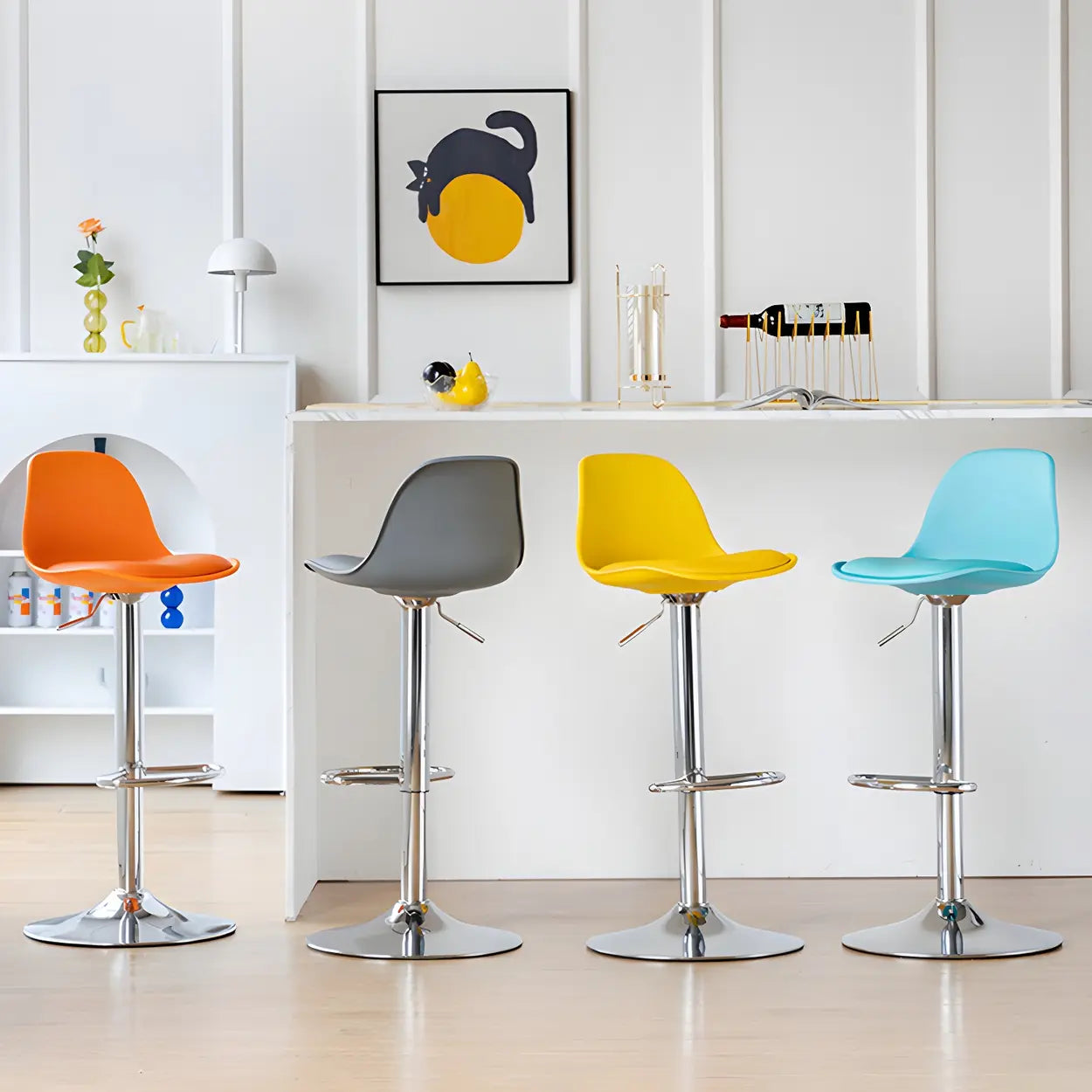
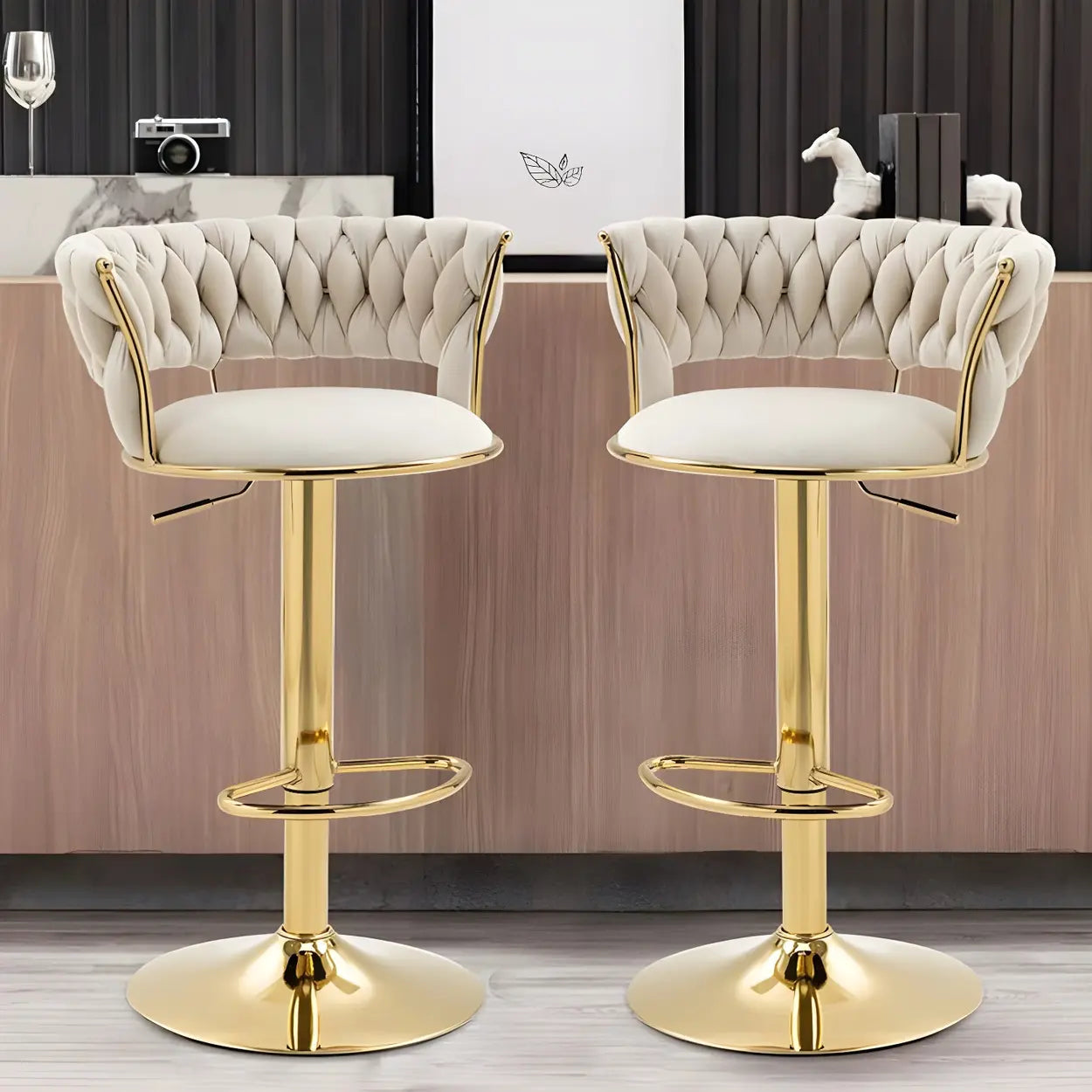
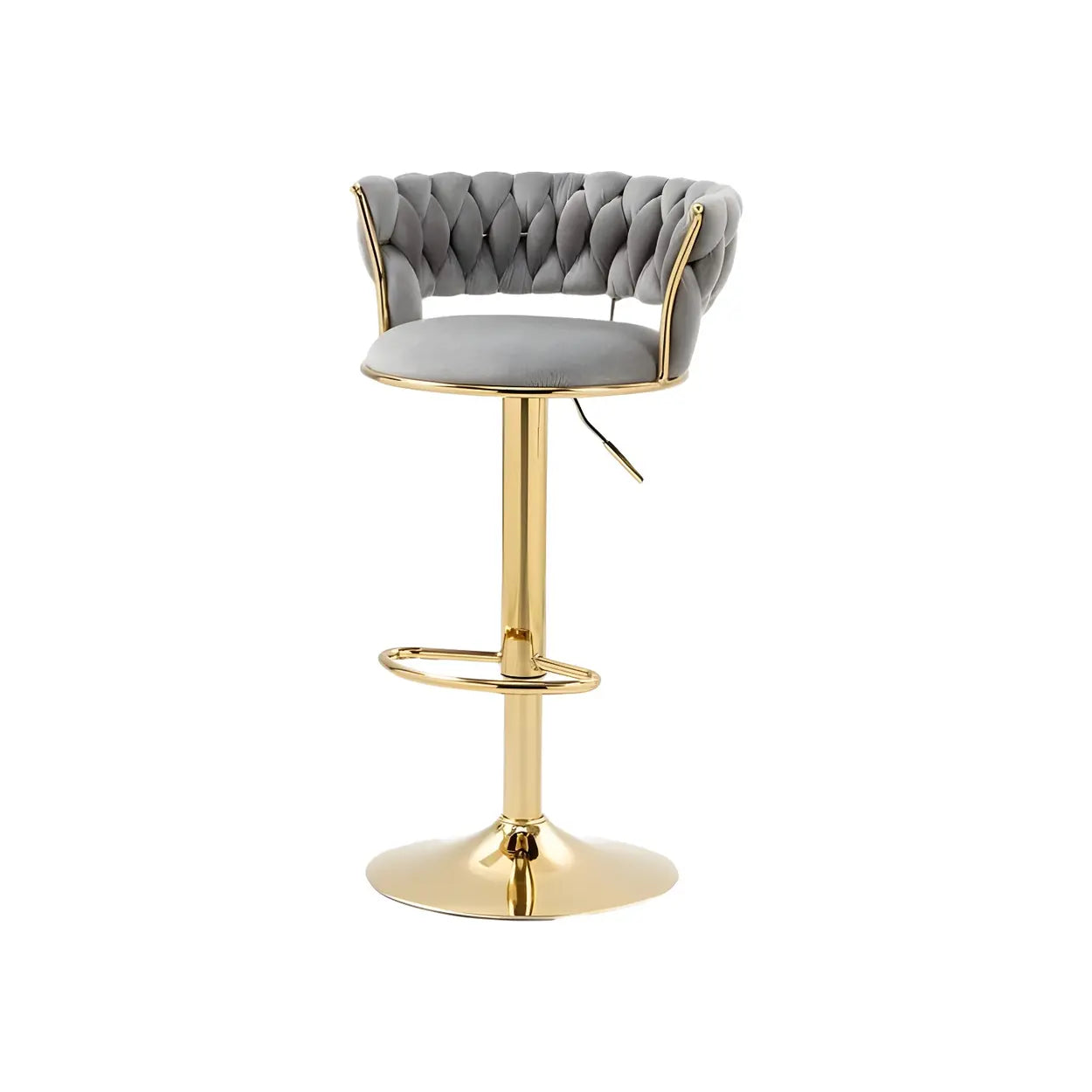



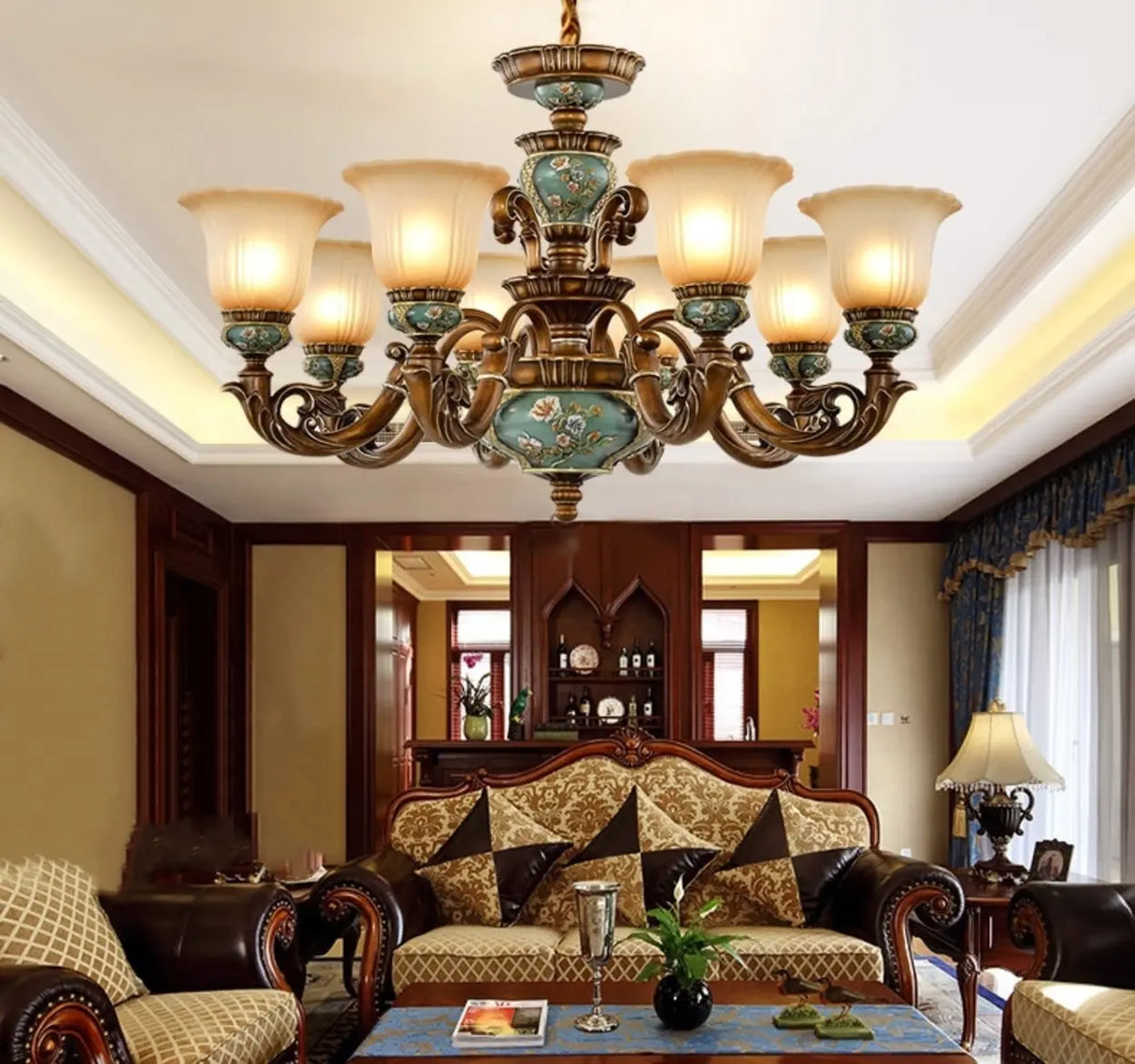
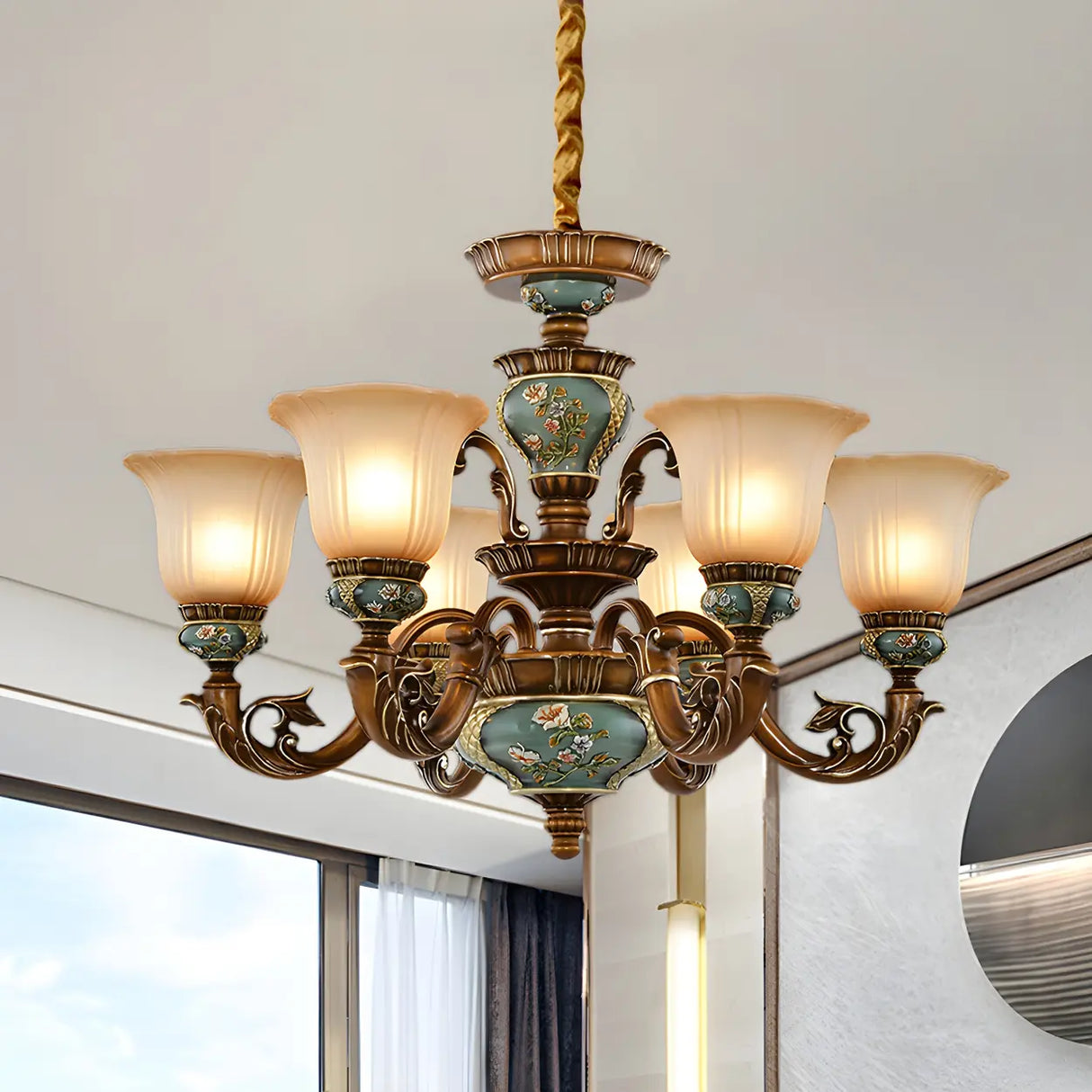
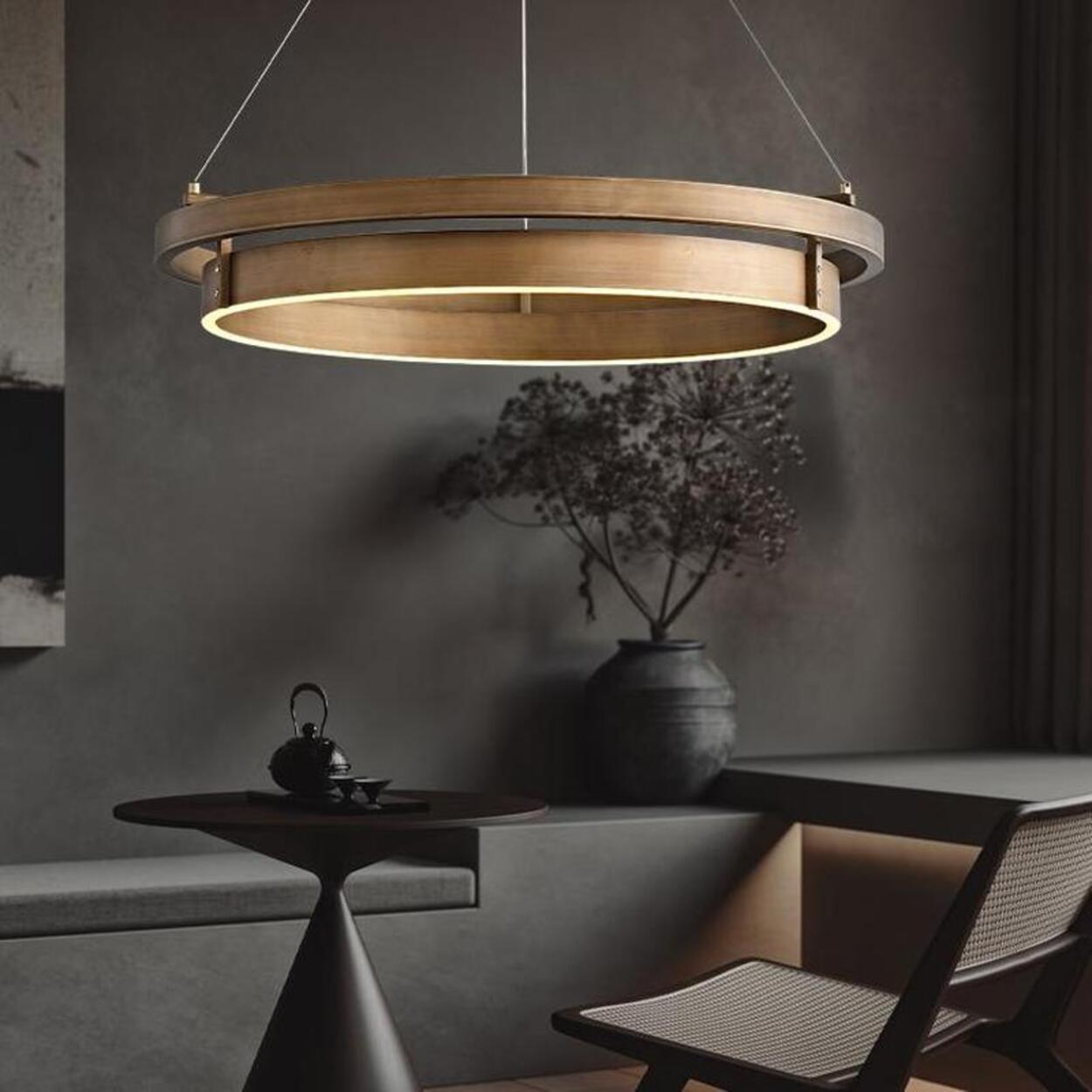
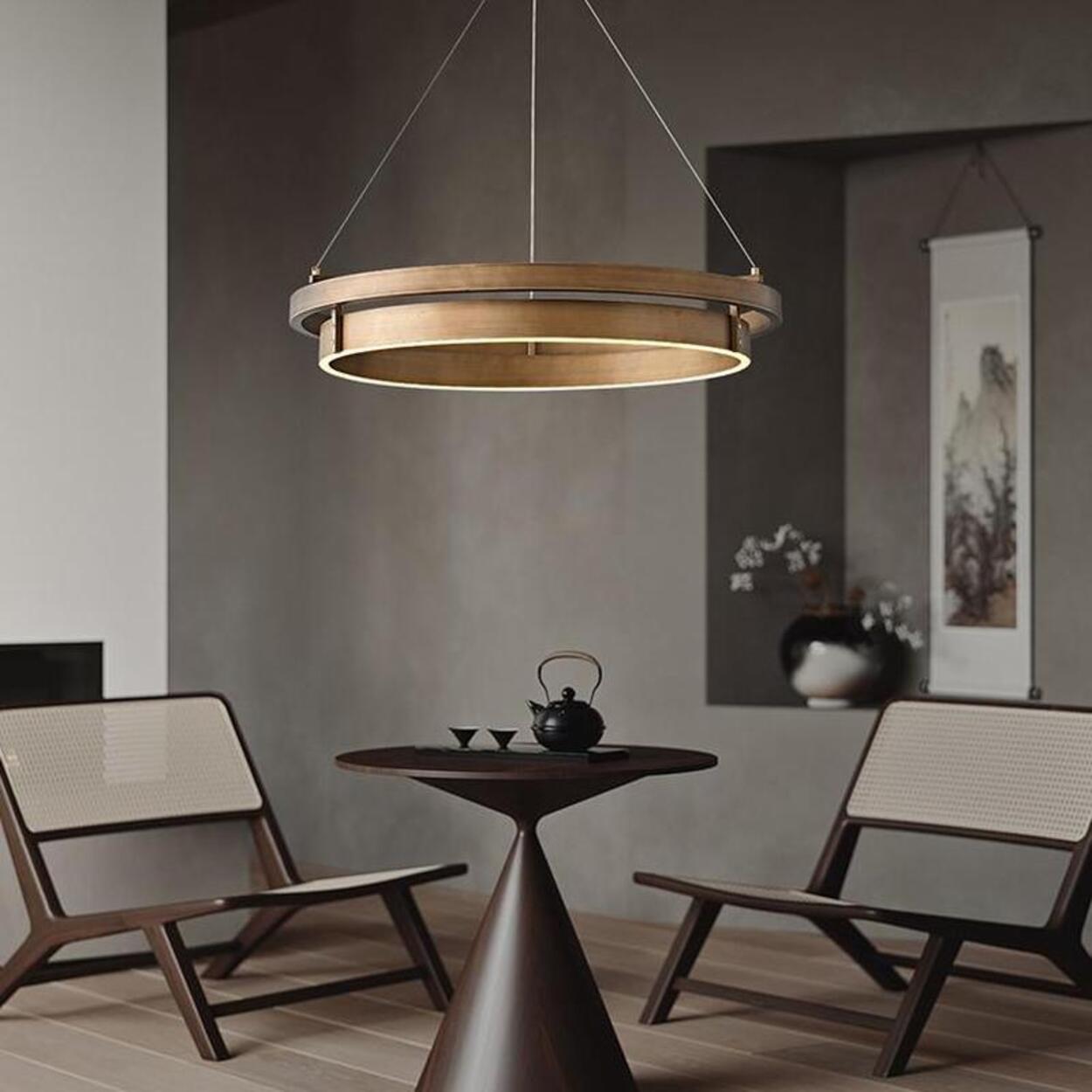
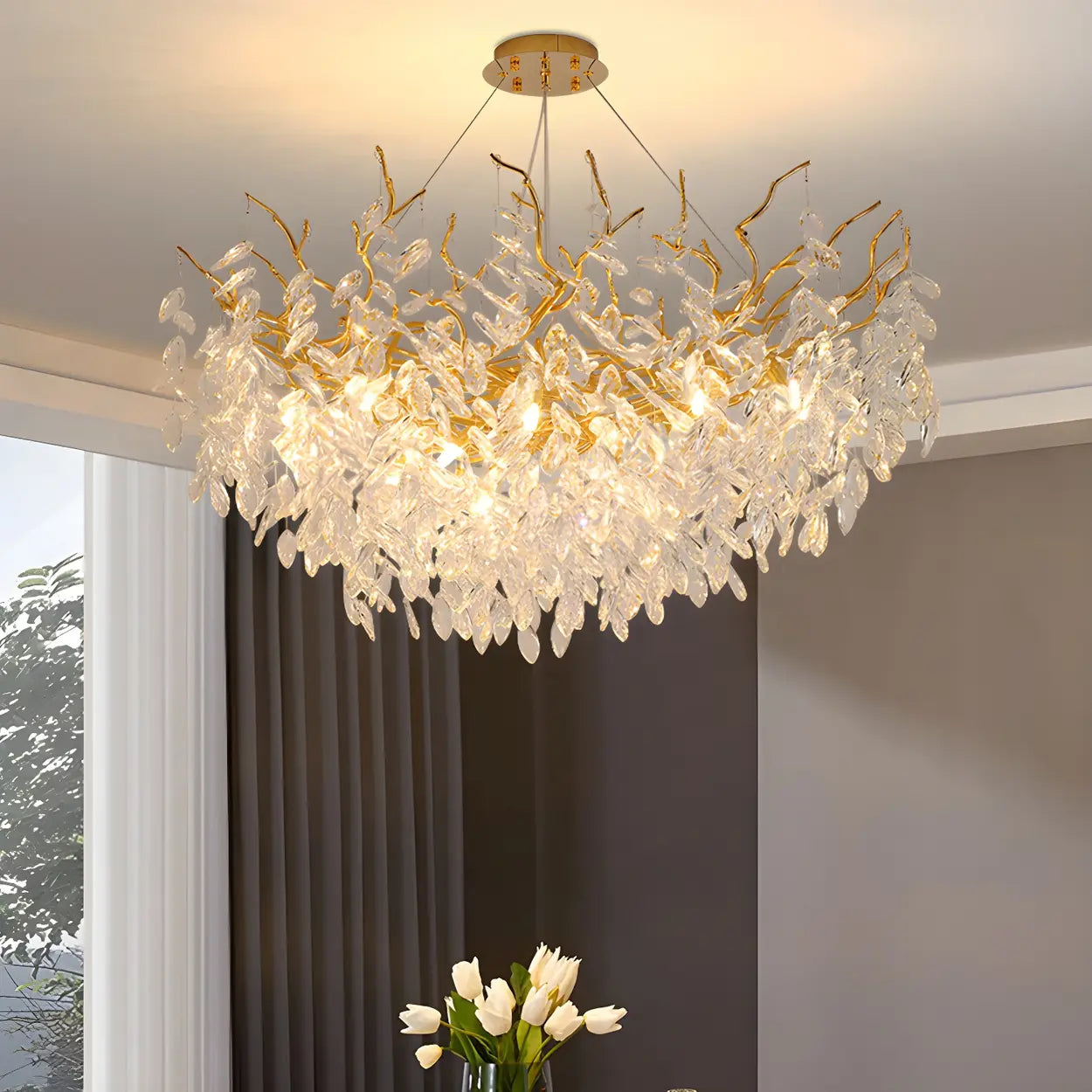
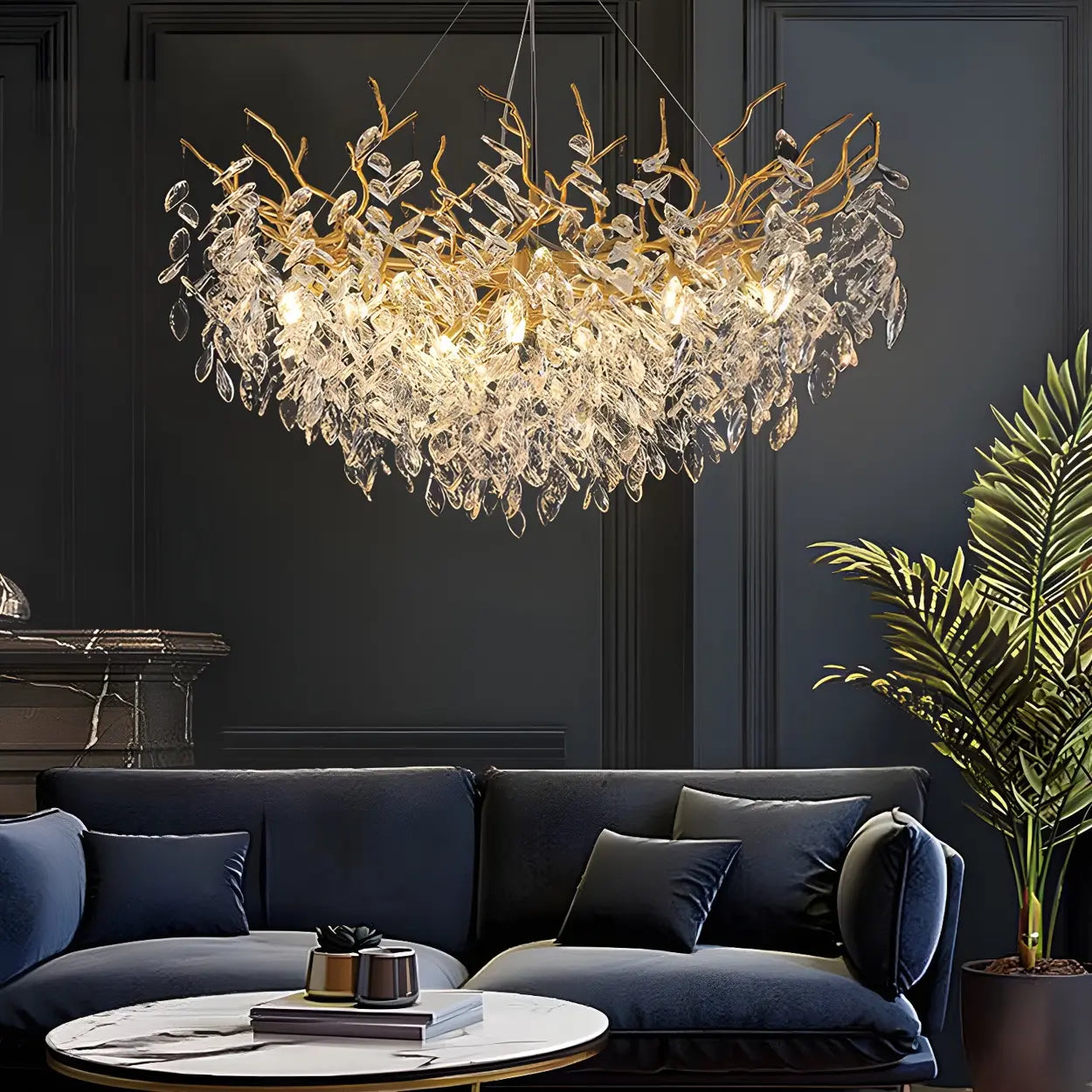
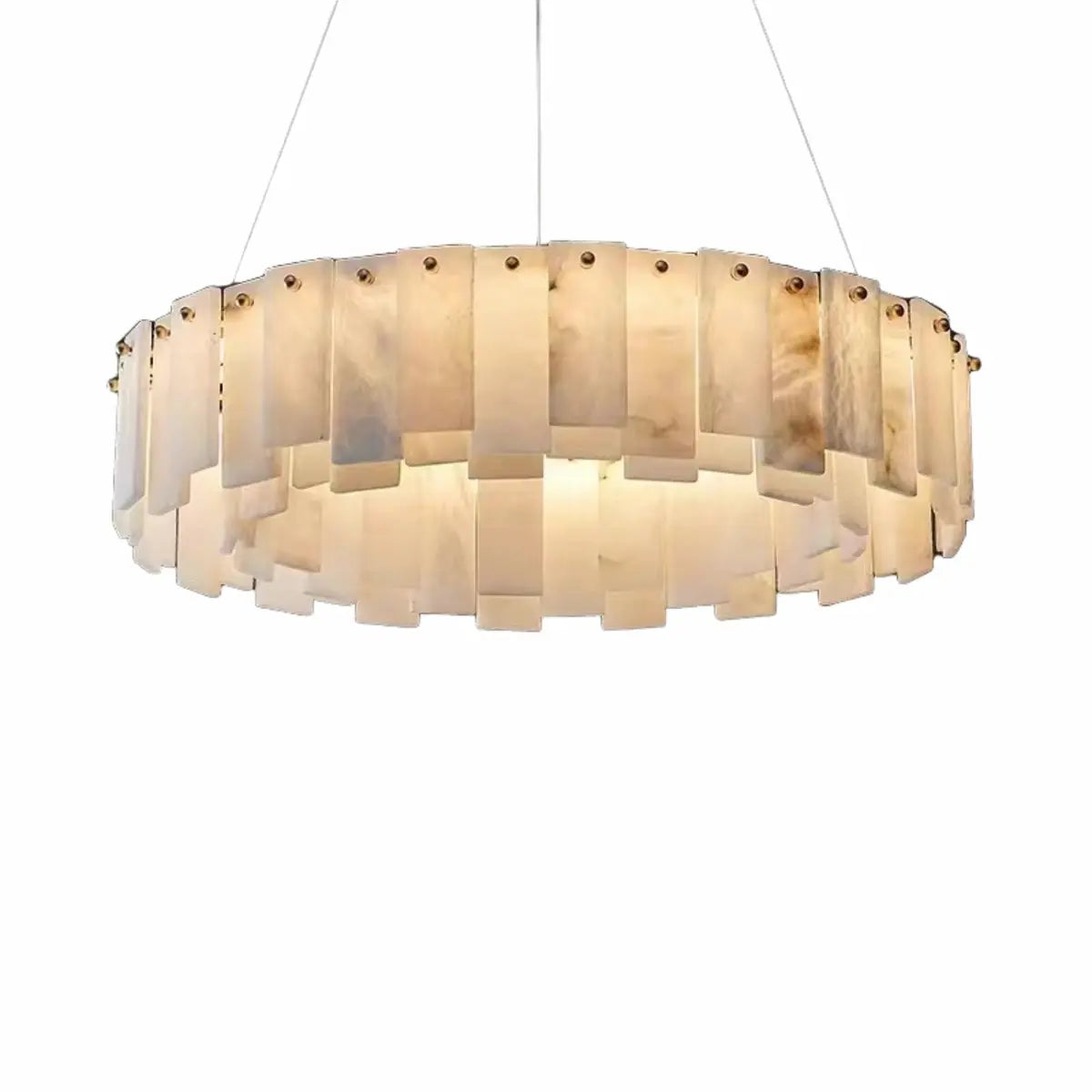
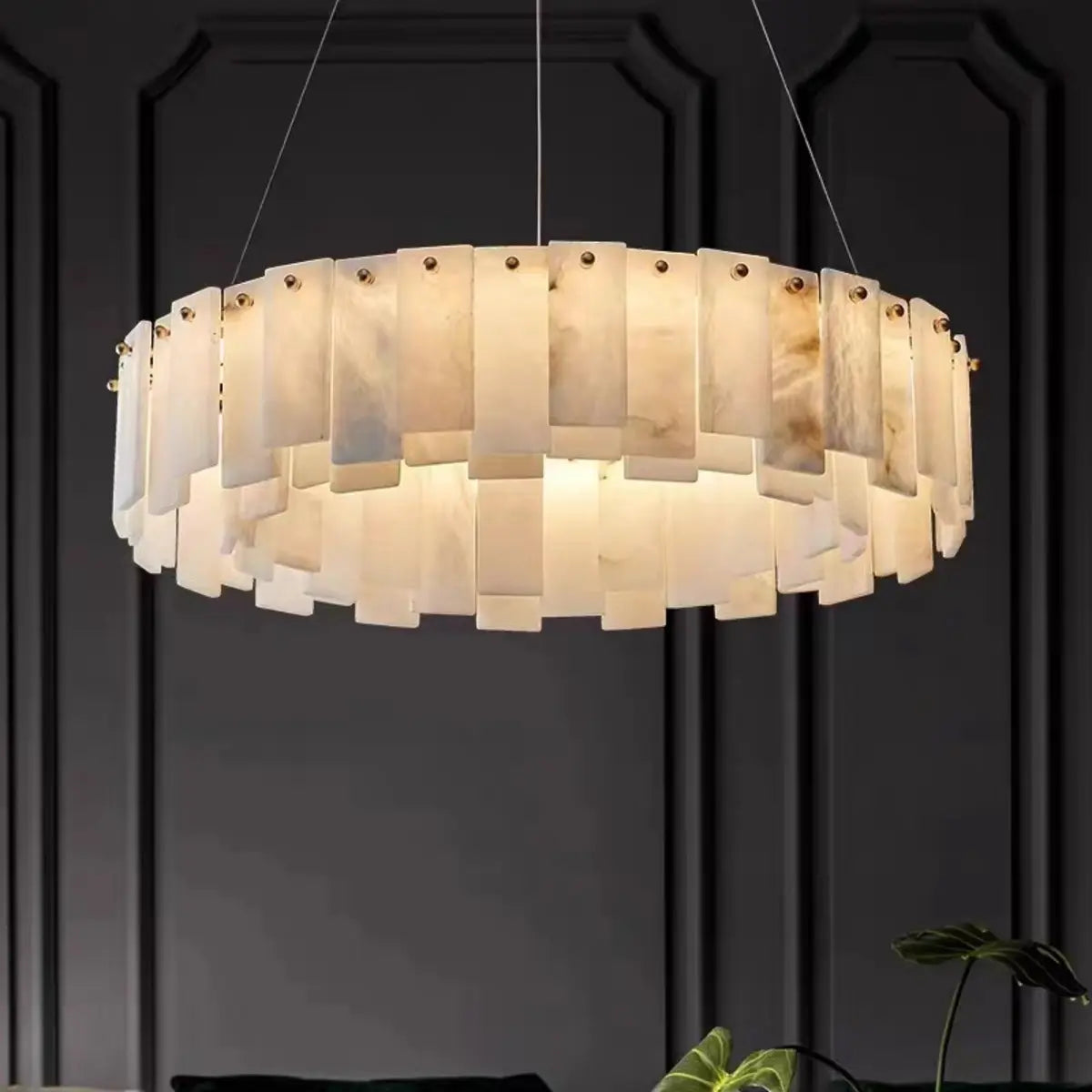
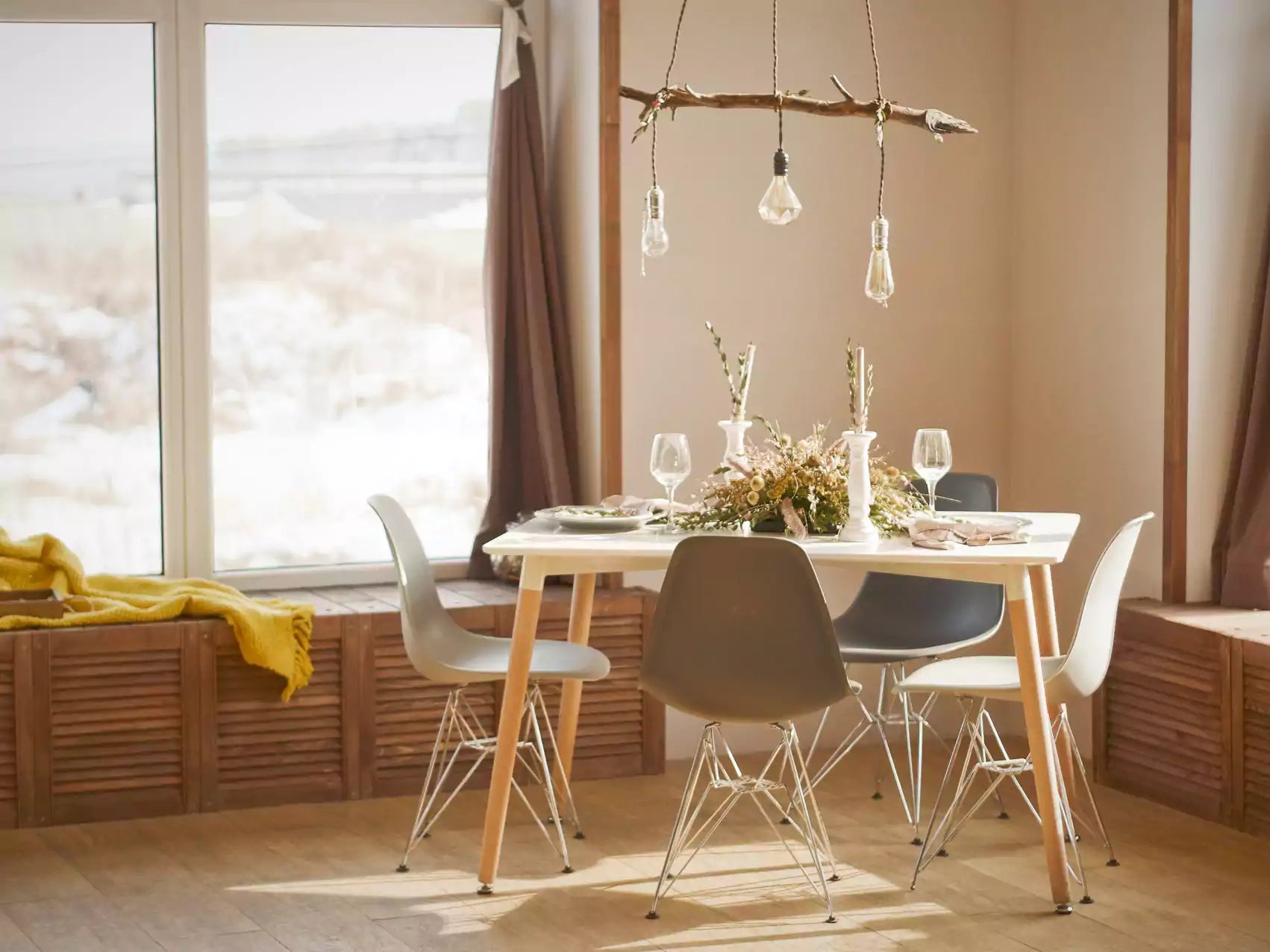
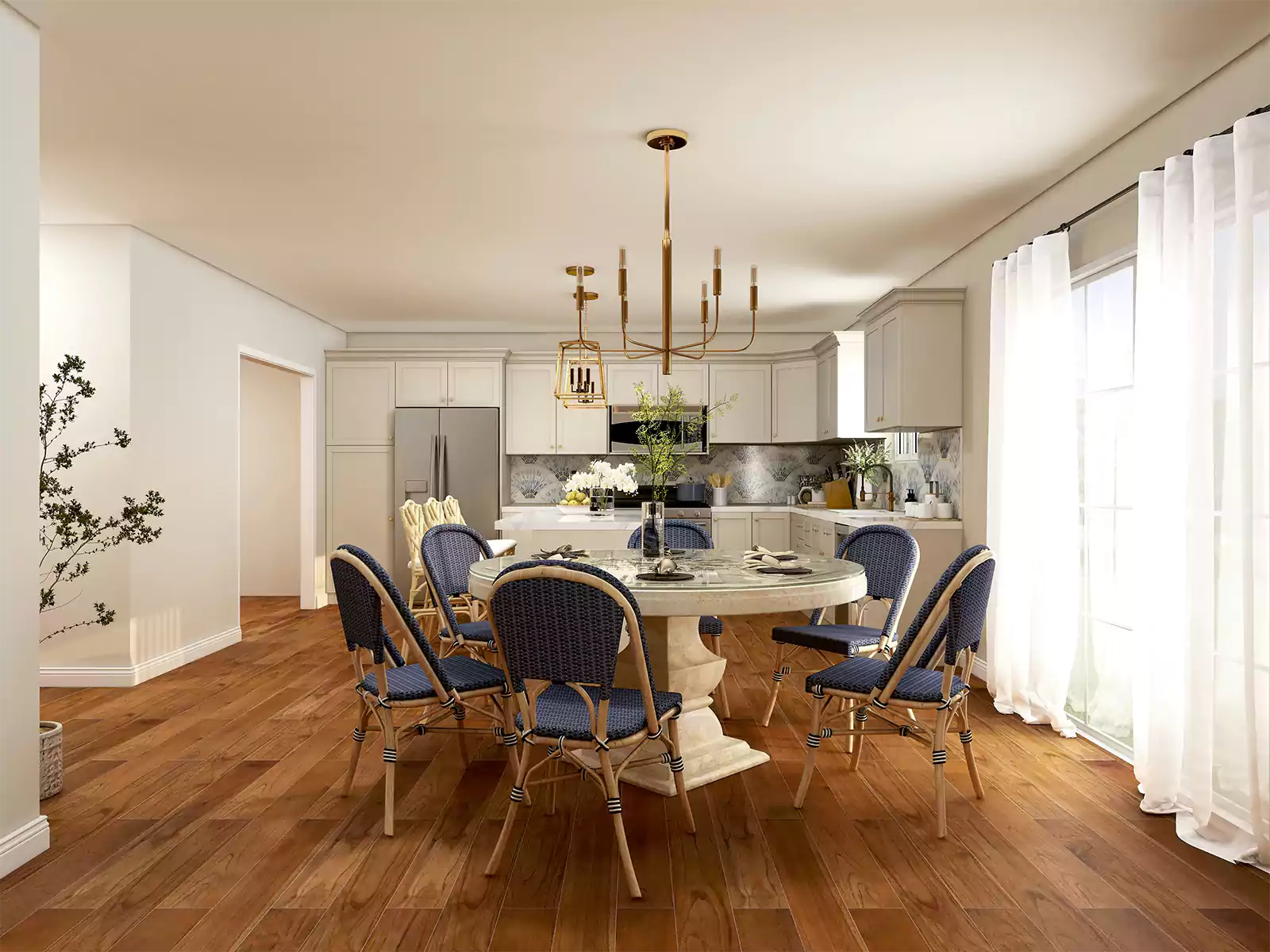
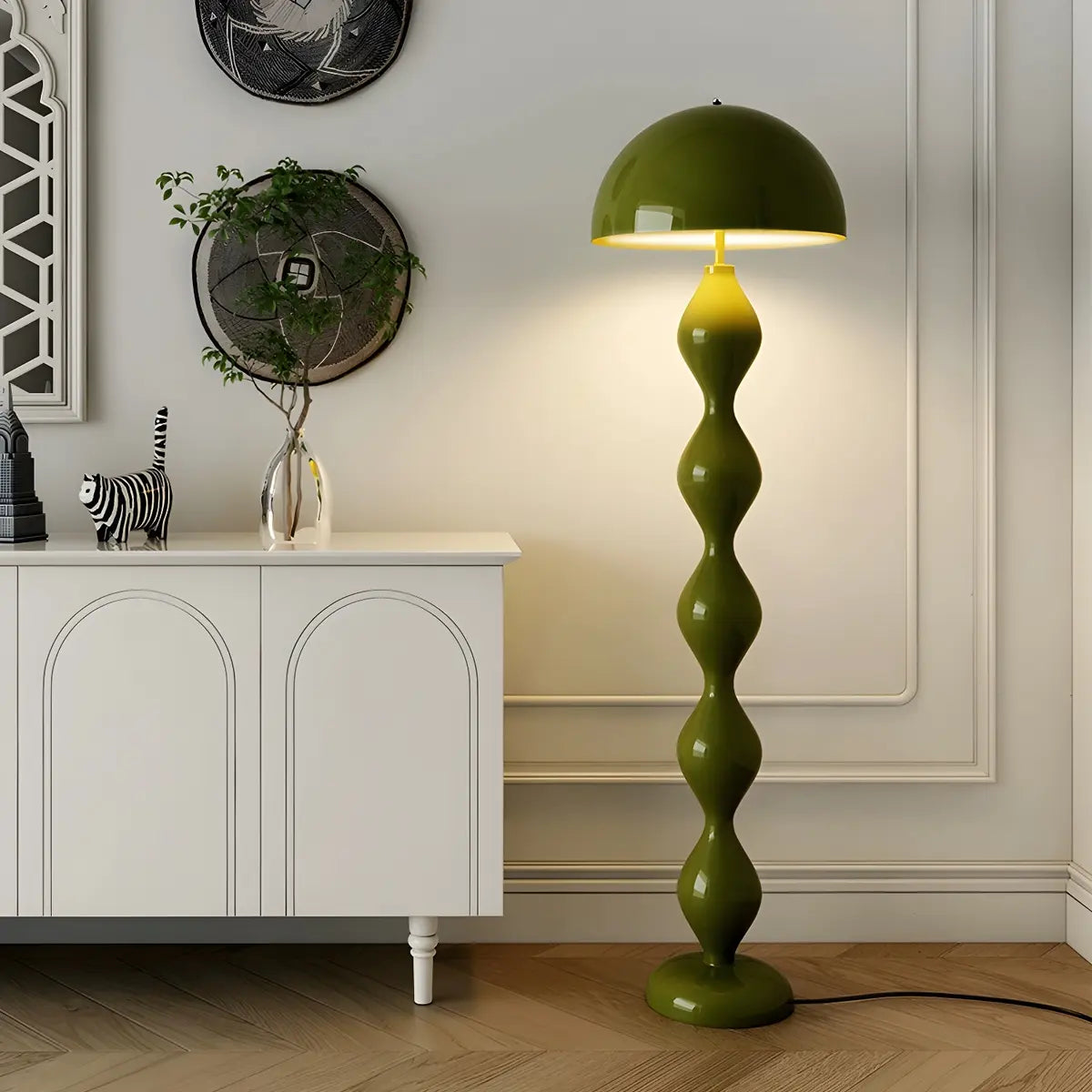
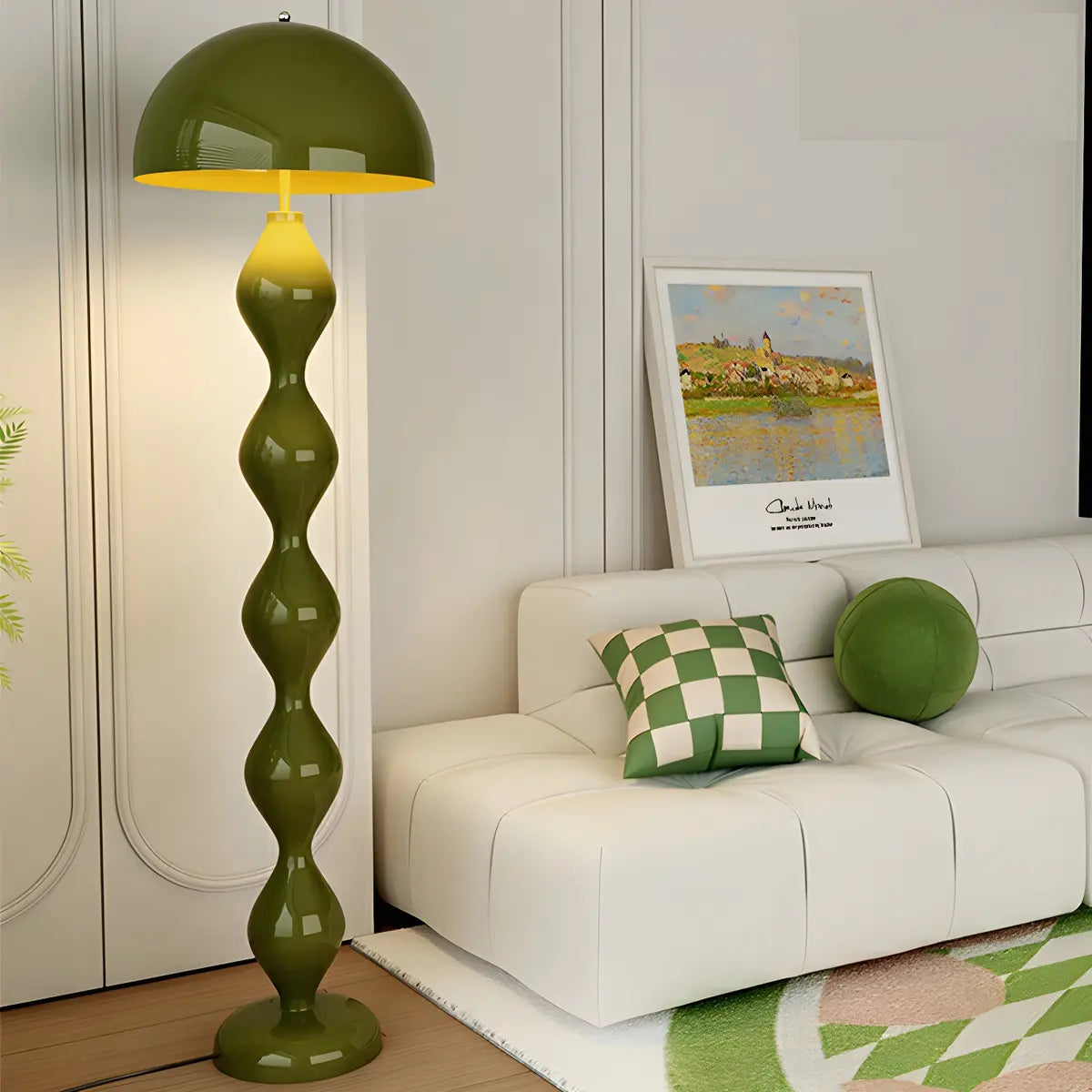
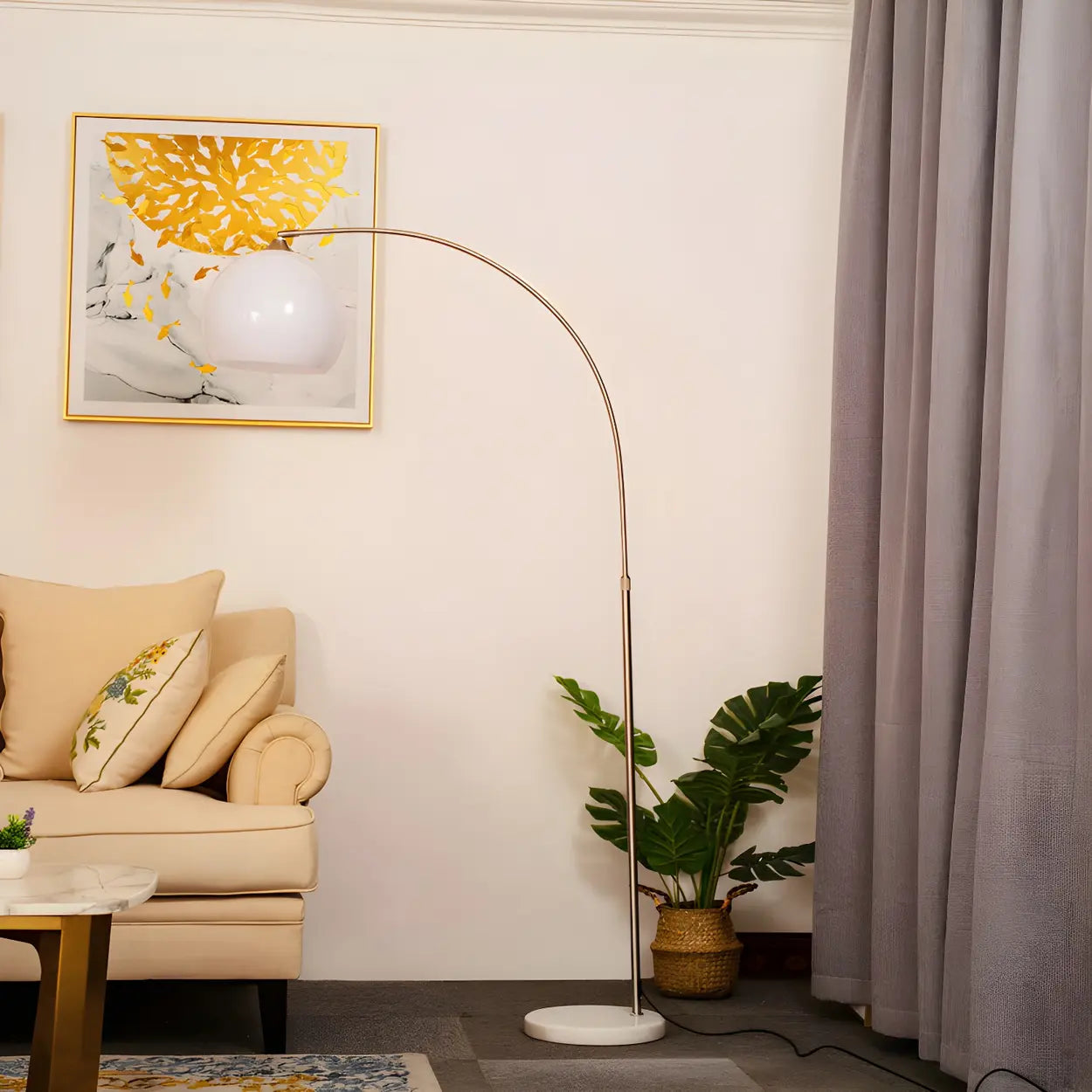
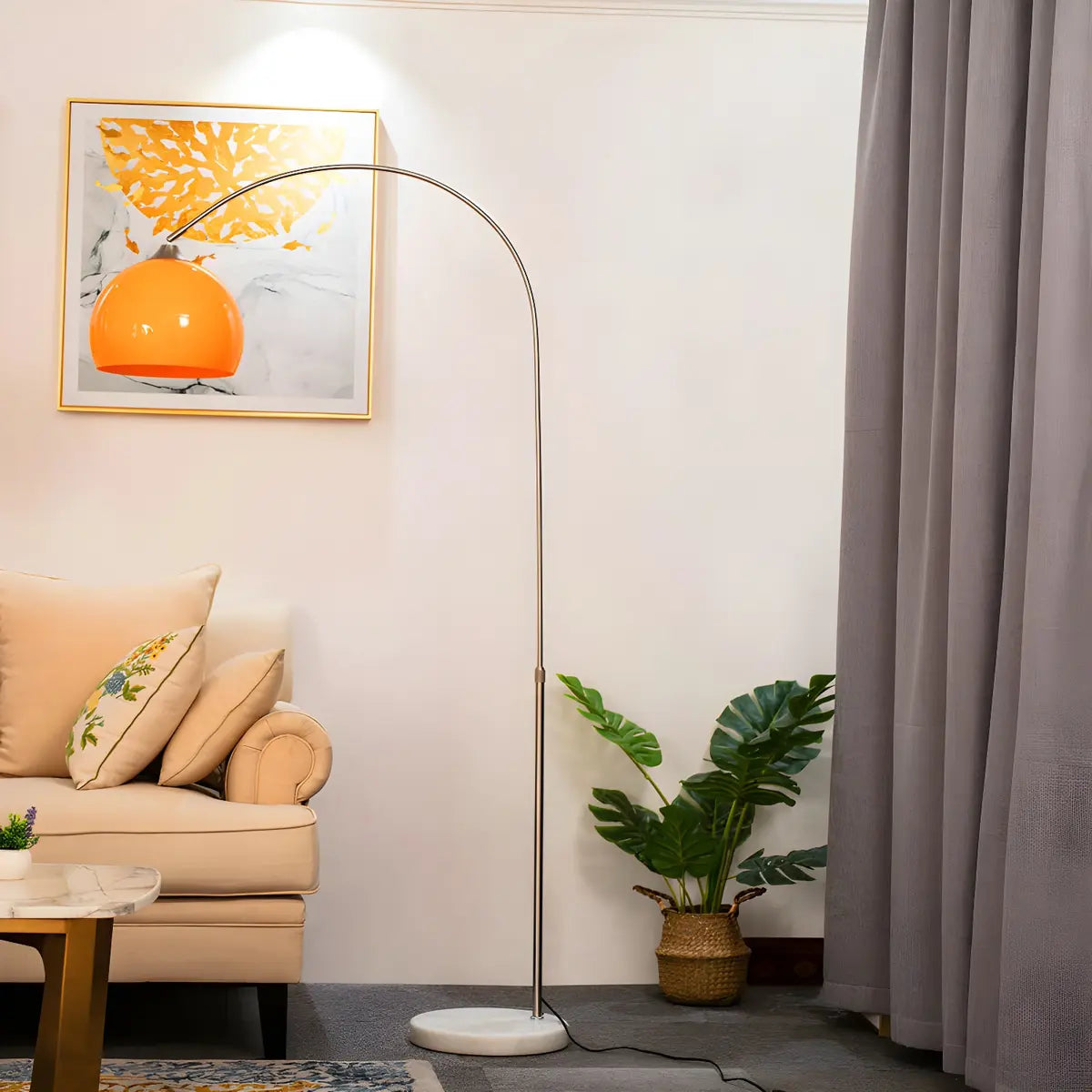

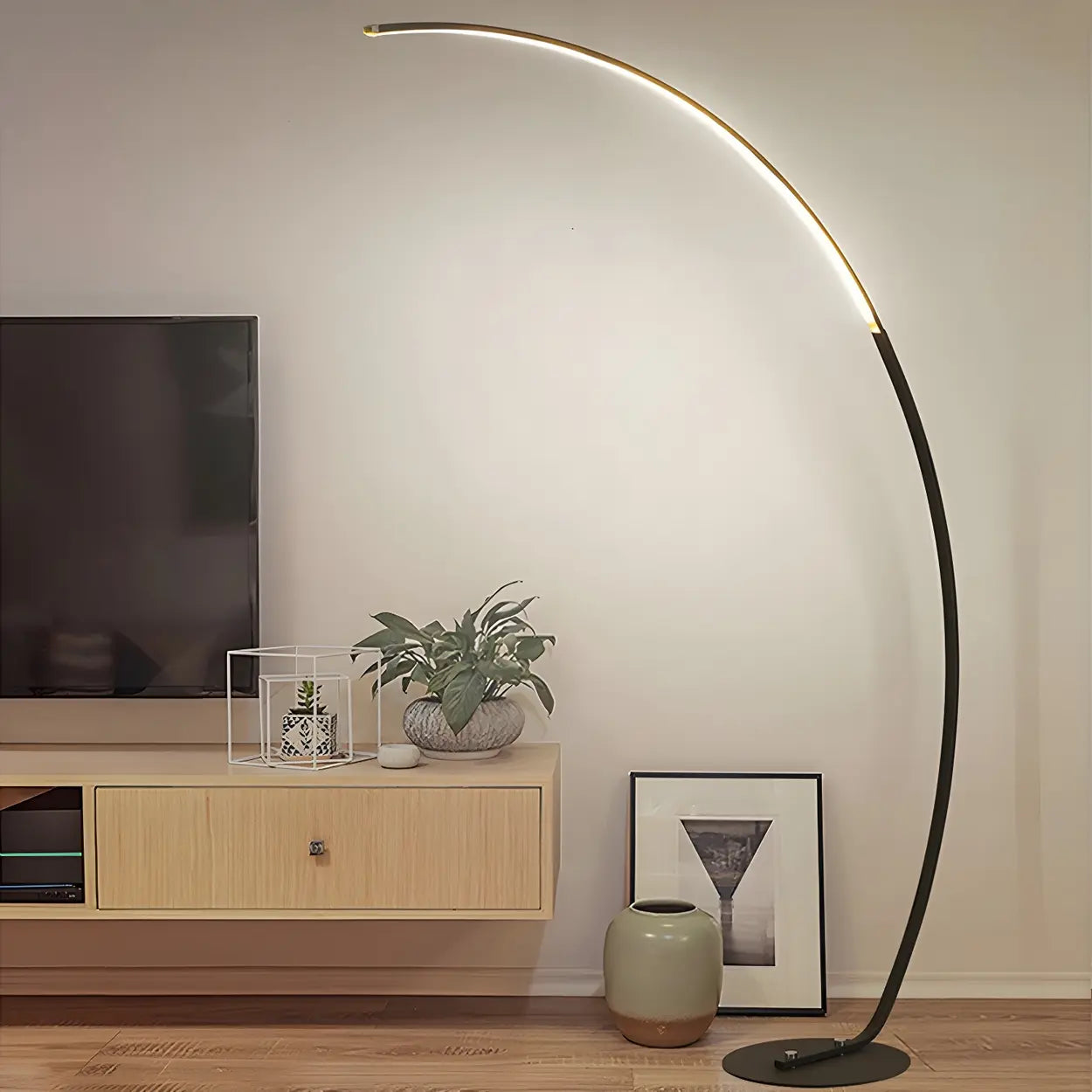
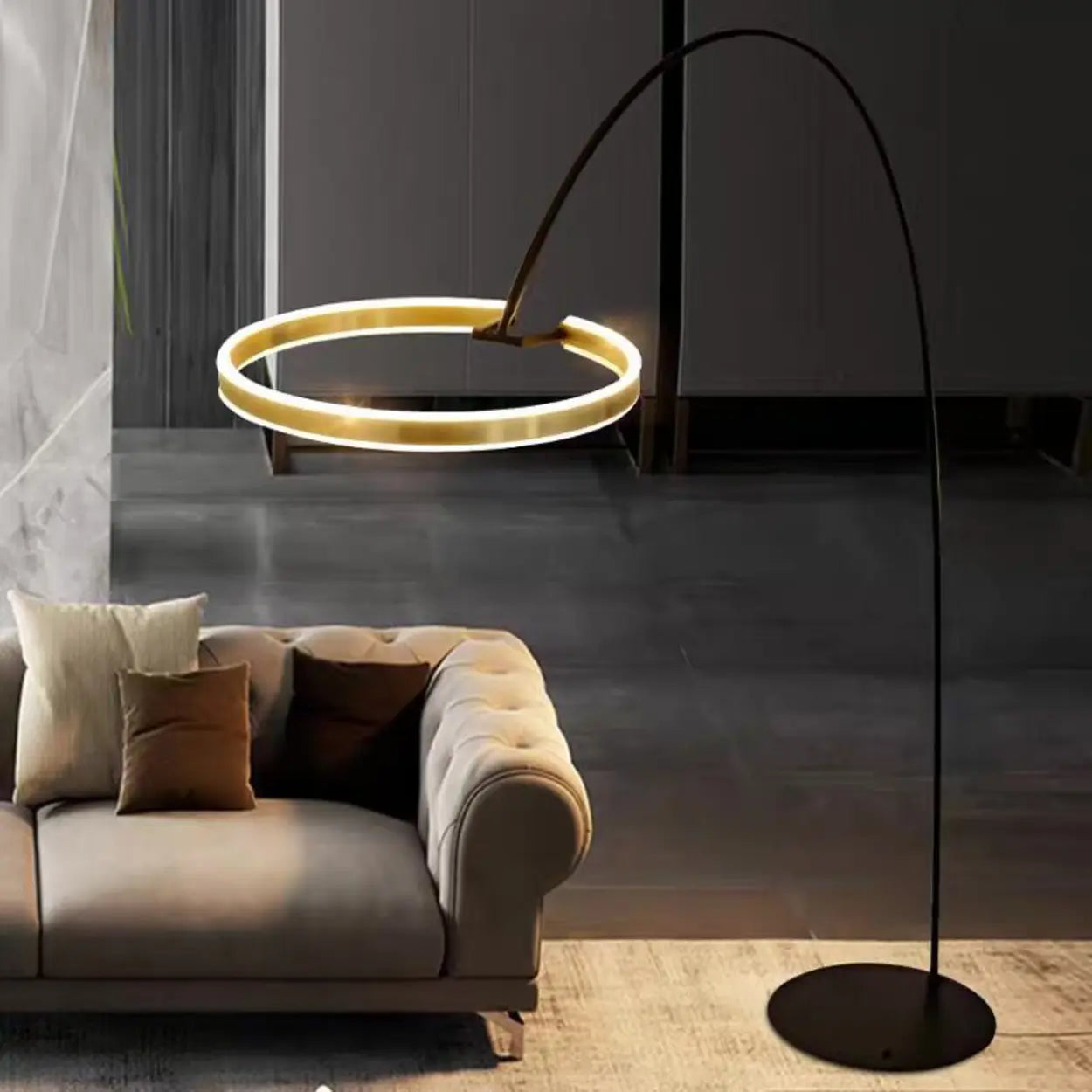
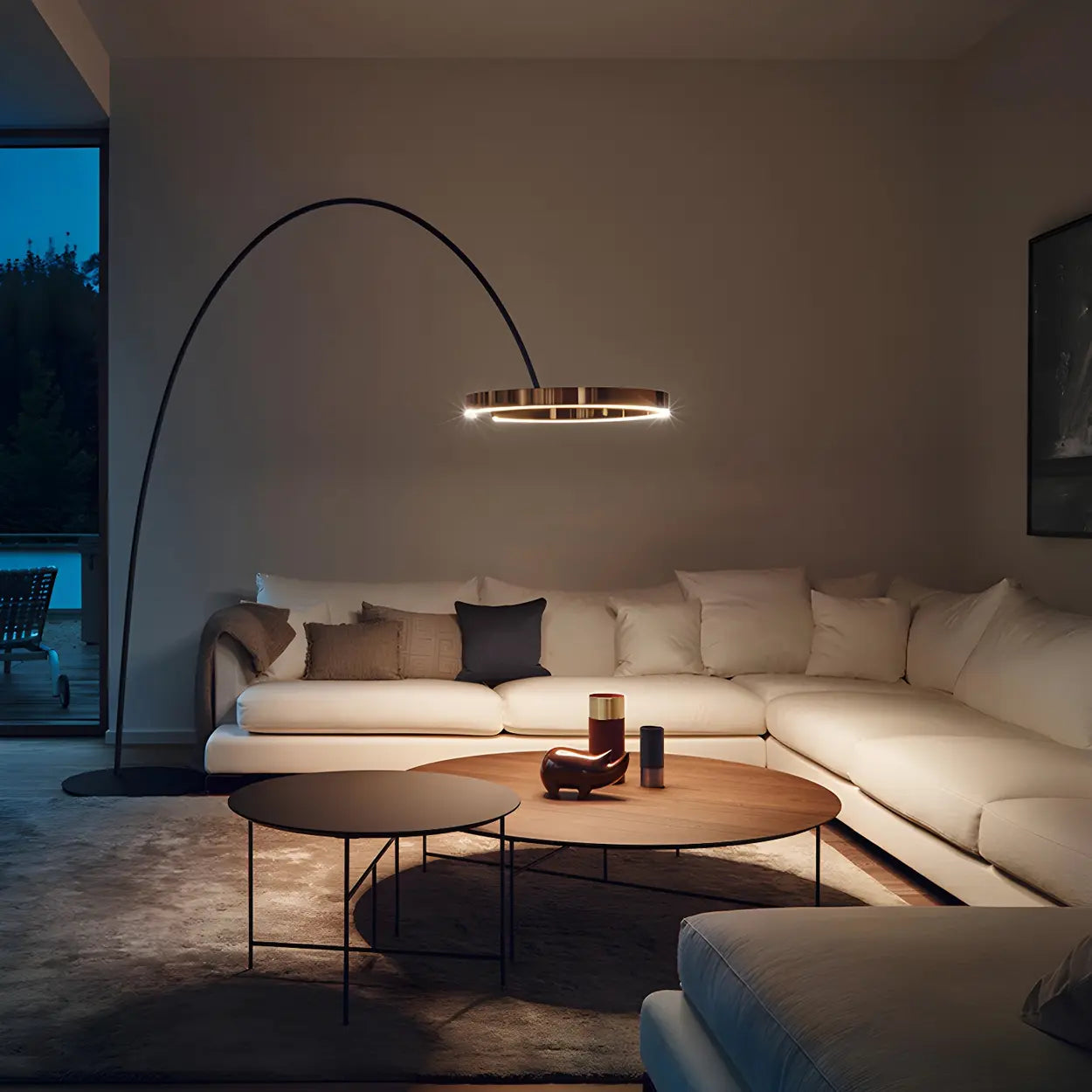
![10 Best Floor Lamp for Reading [2025 Review]](http://www.homebaa.com/cdn/shop/articles/banner_c990b0a4-4743-4902-b6be-5609f7a21a90.webp?v=1747357941)


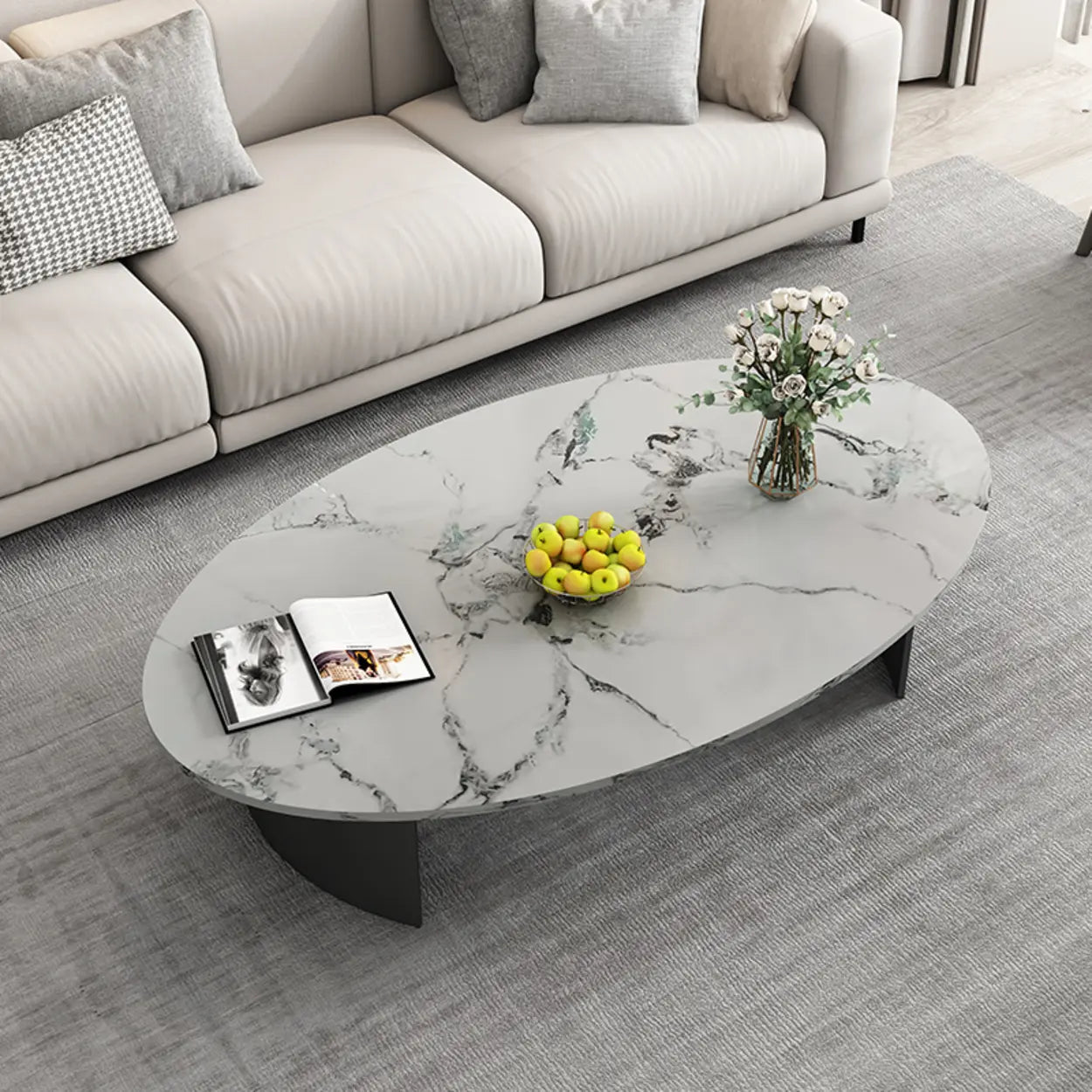
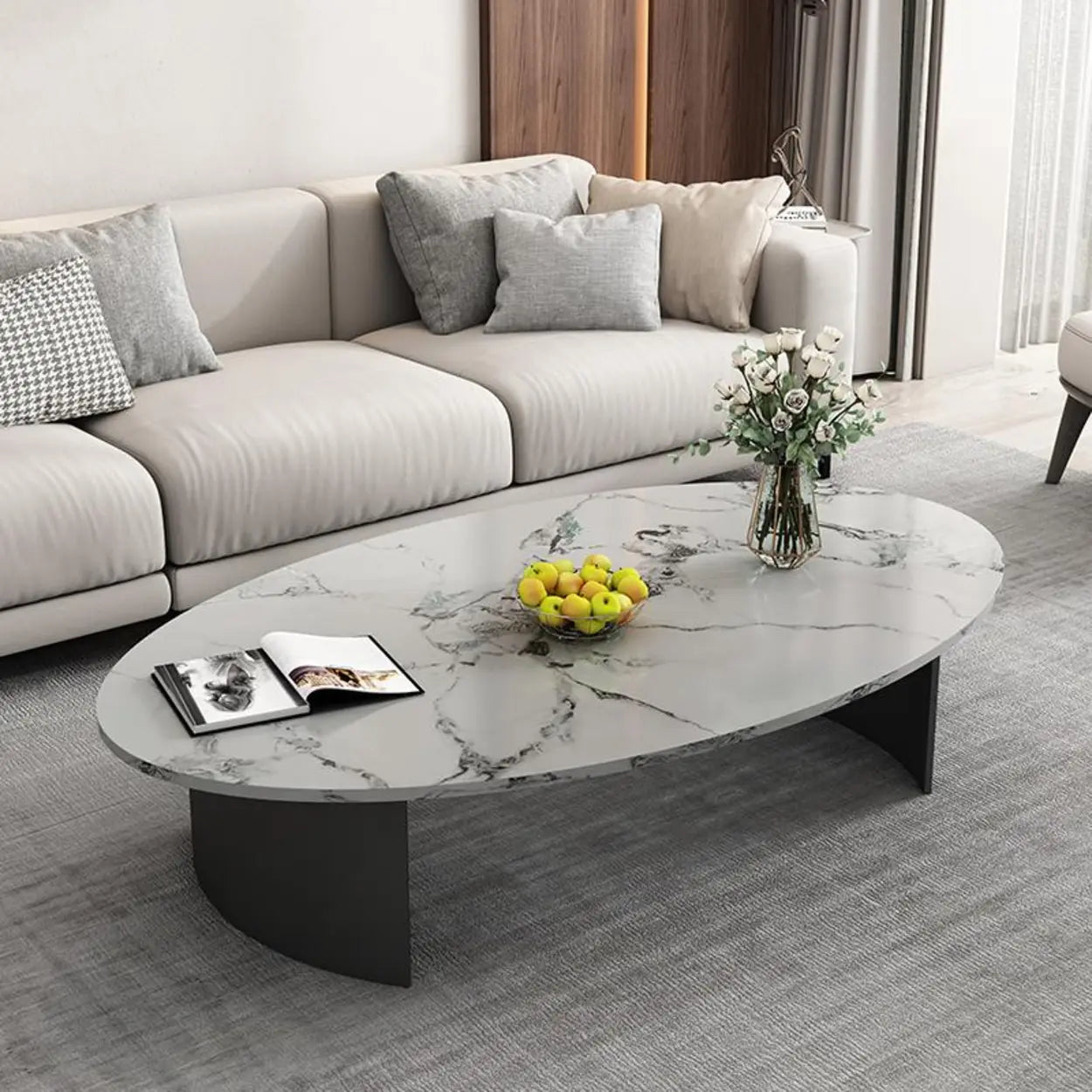
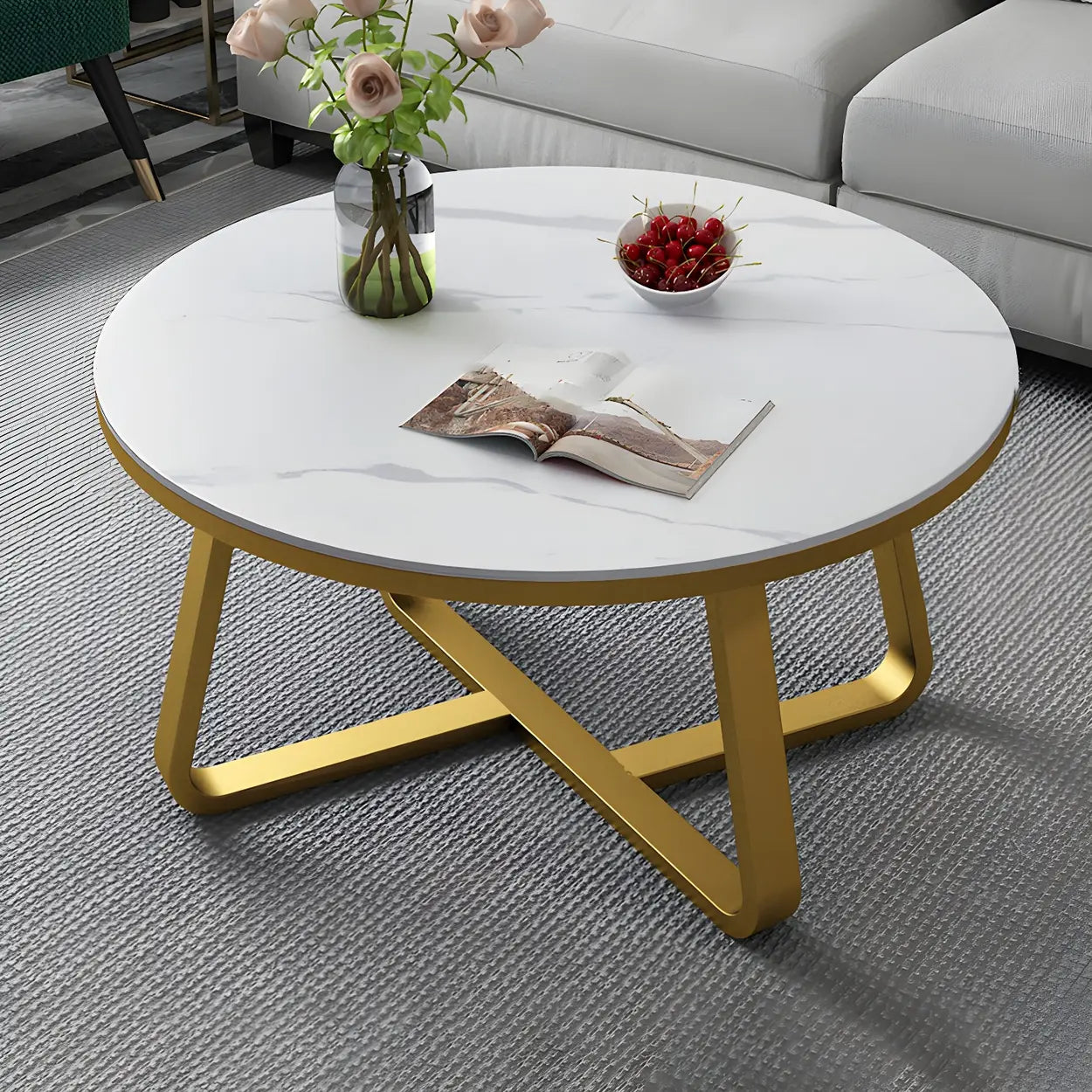
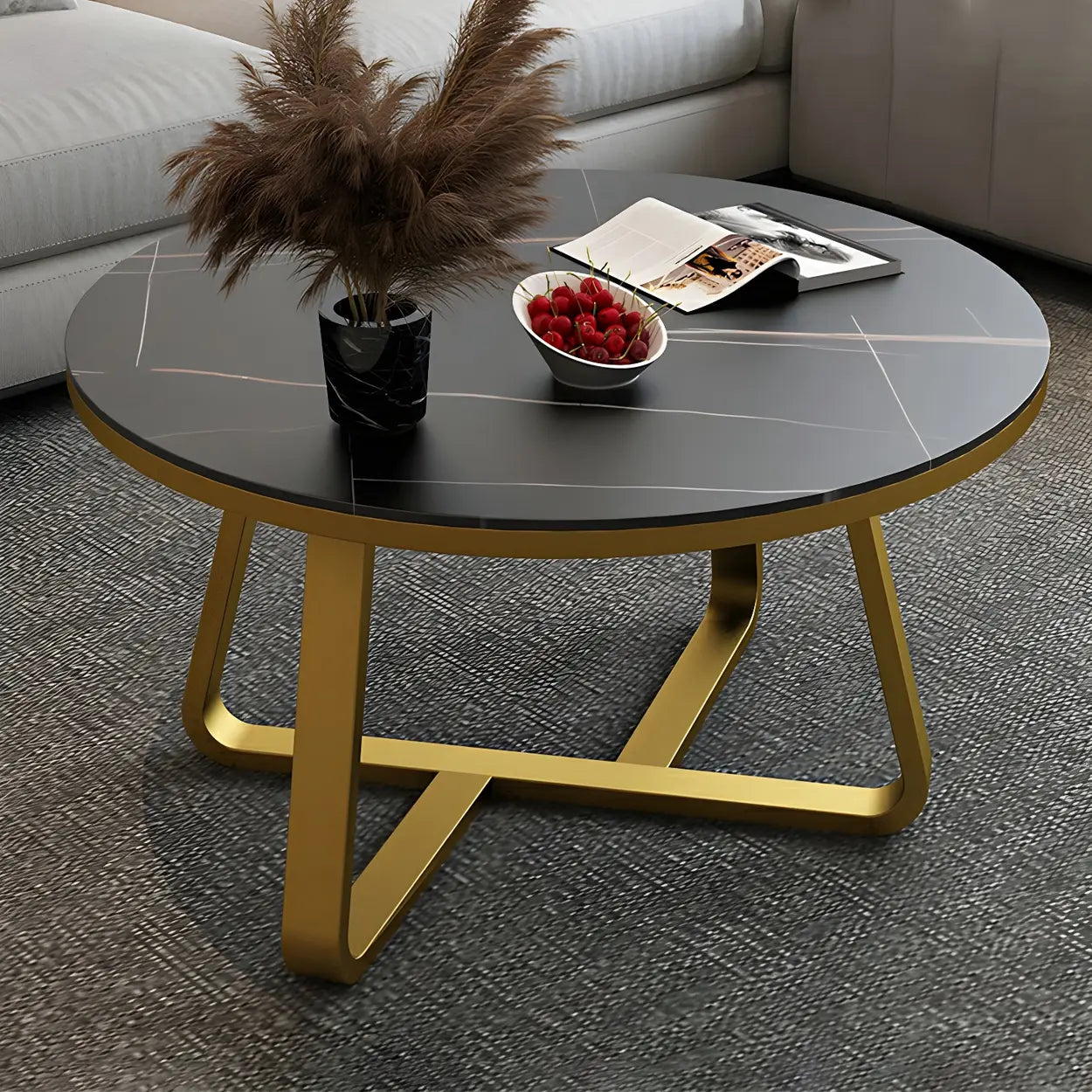
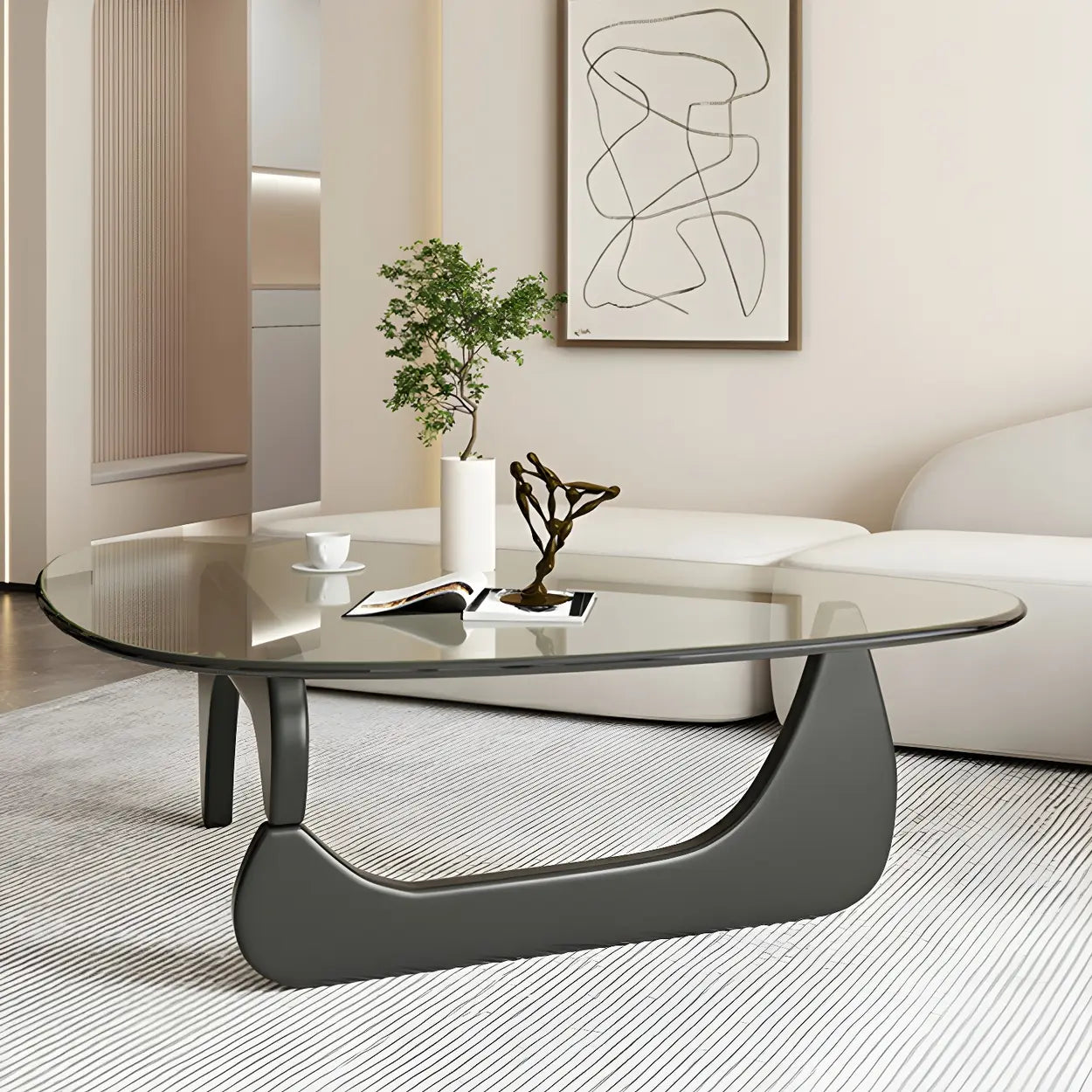
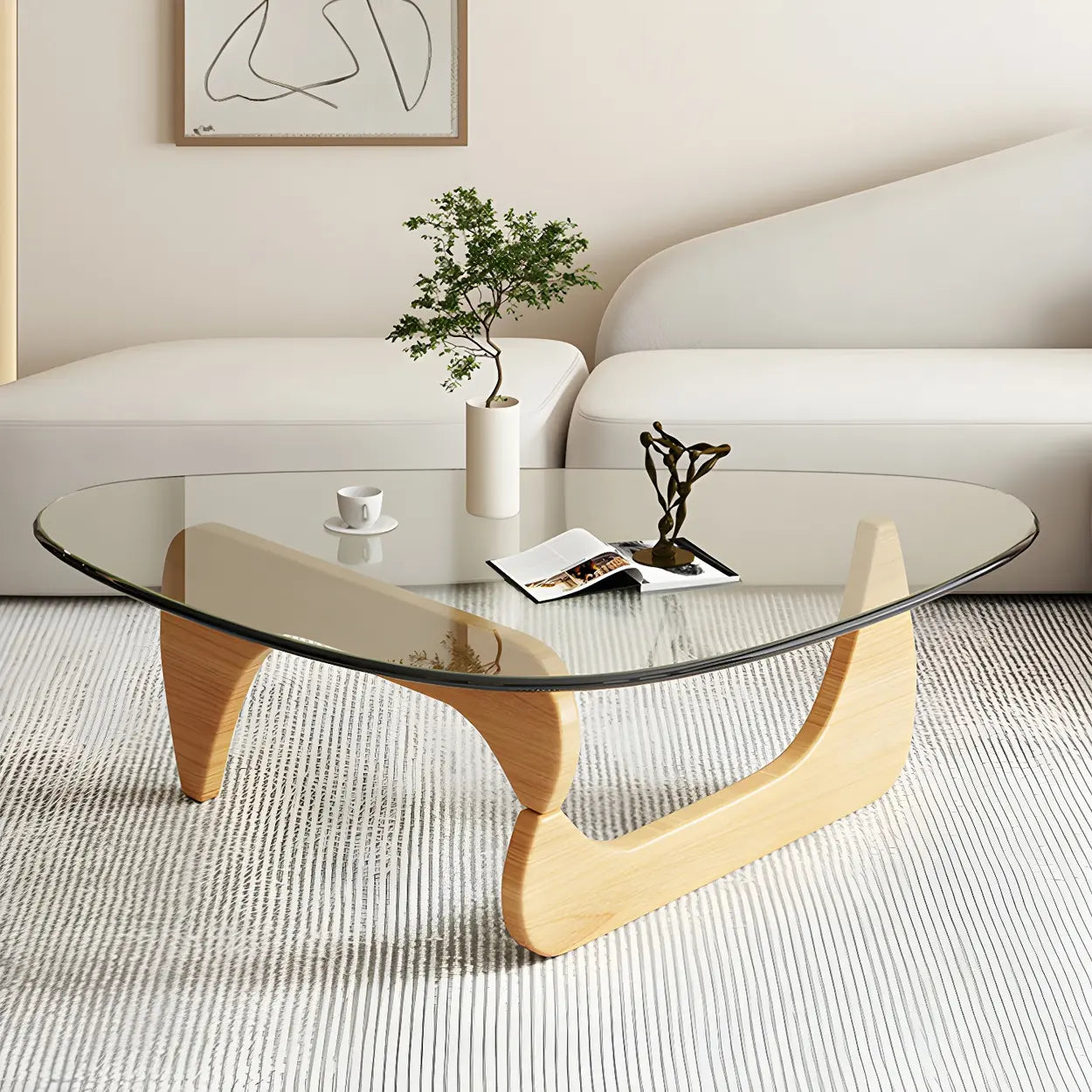
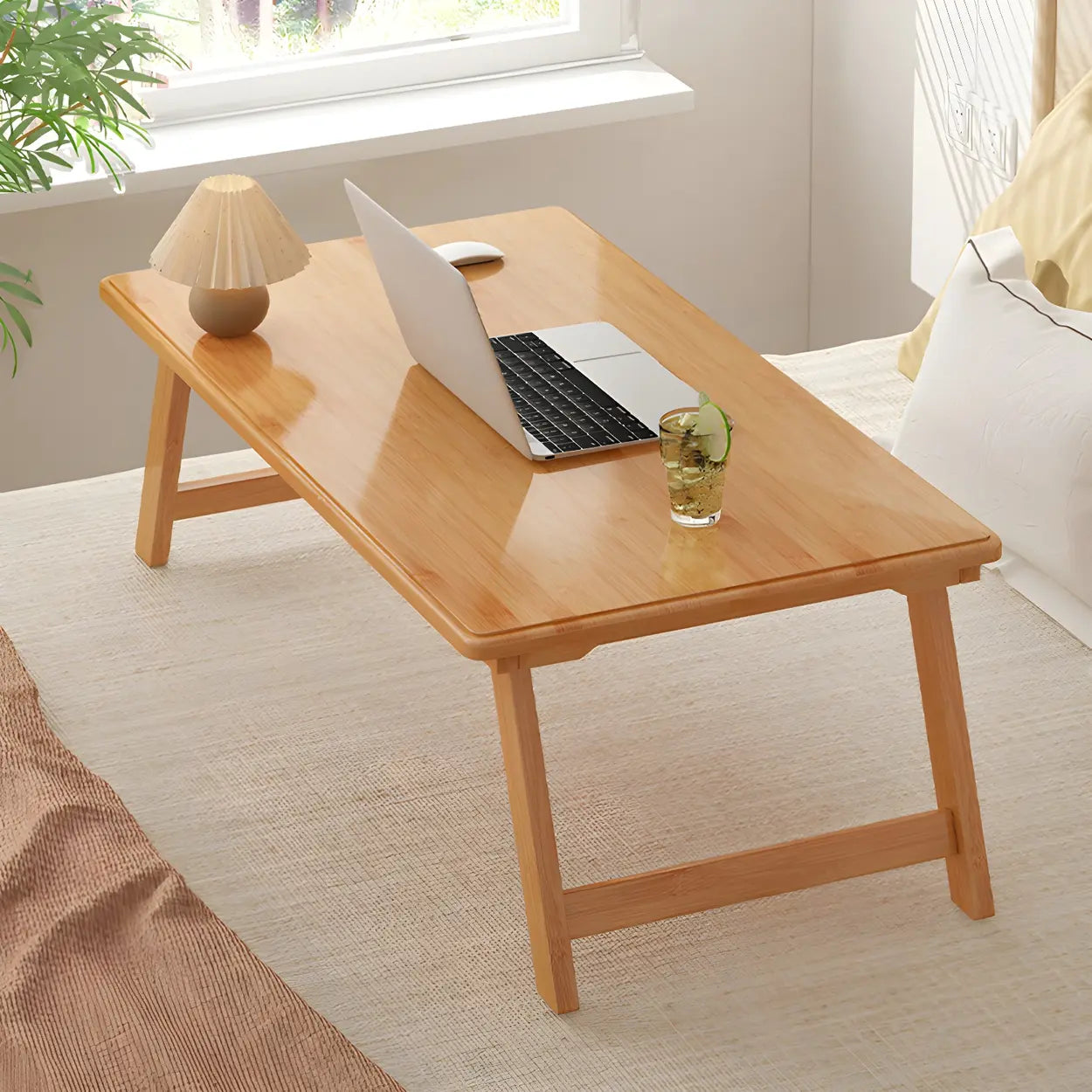


![How to Choose the Coffee Table Height? [2025 Newest Guide]](http://www.homebaa.com/cdn/shop/articles/coffee-table-height.webp?v=1749523259)
